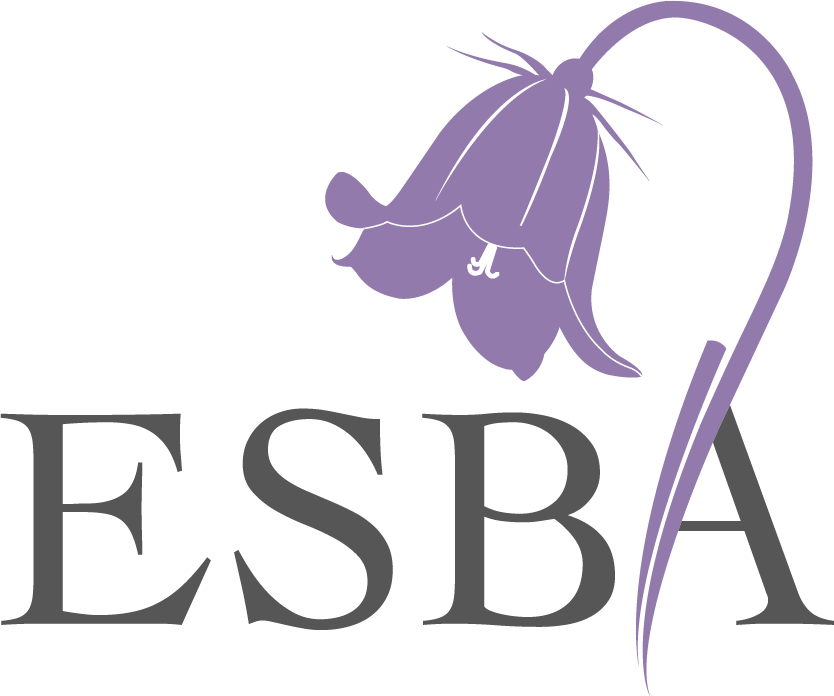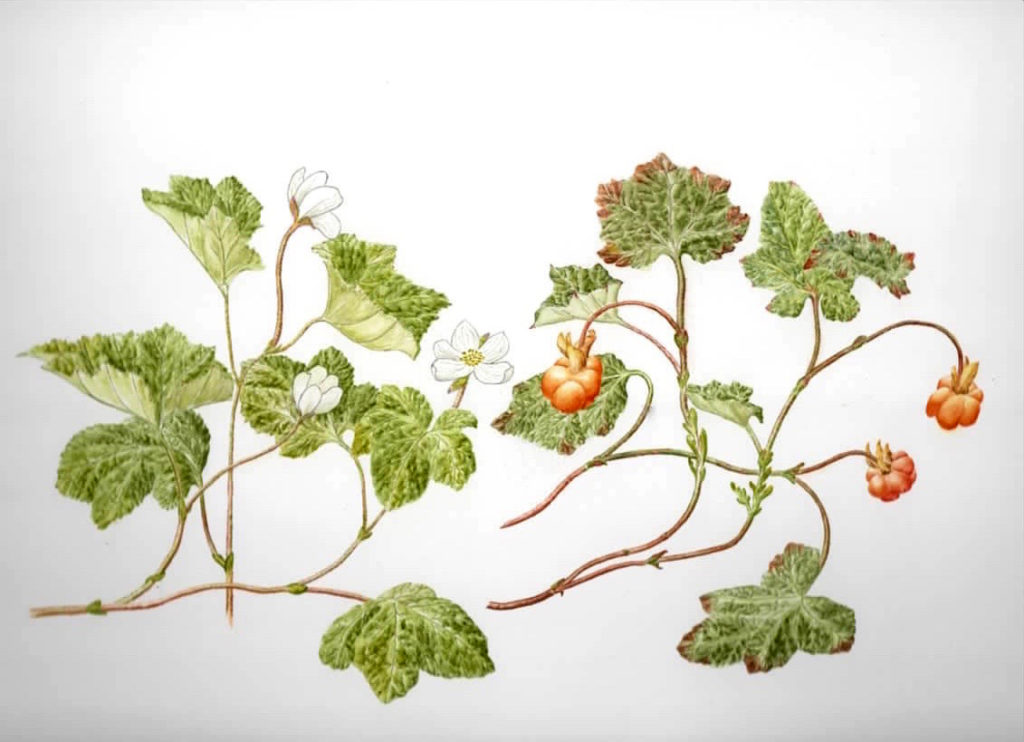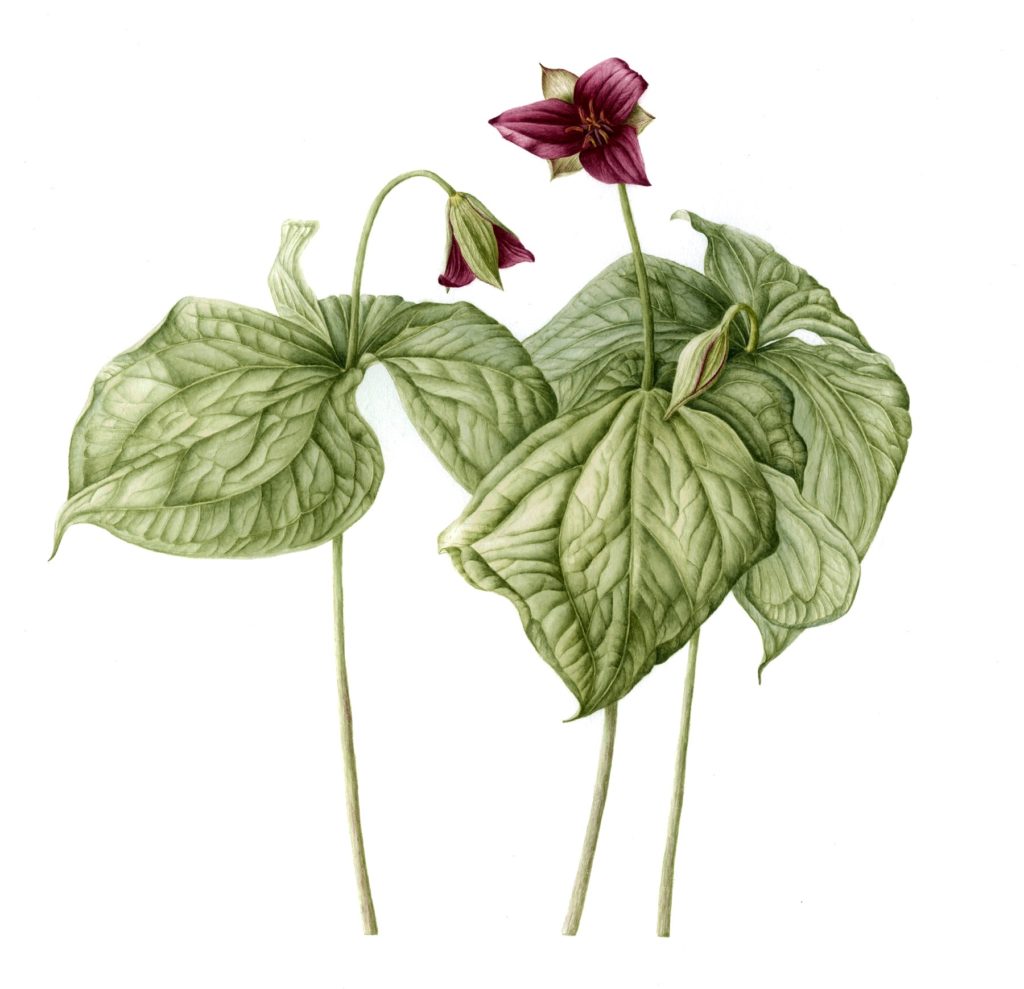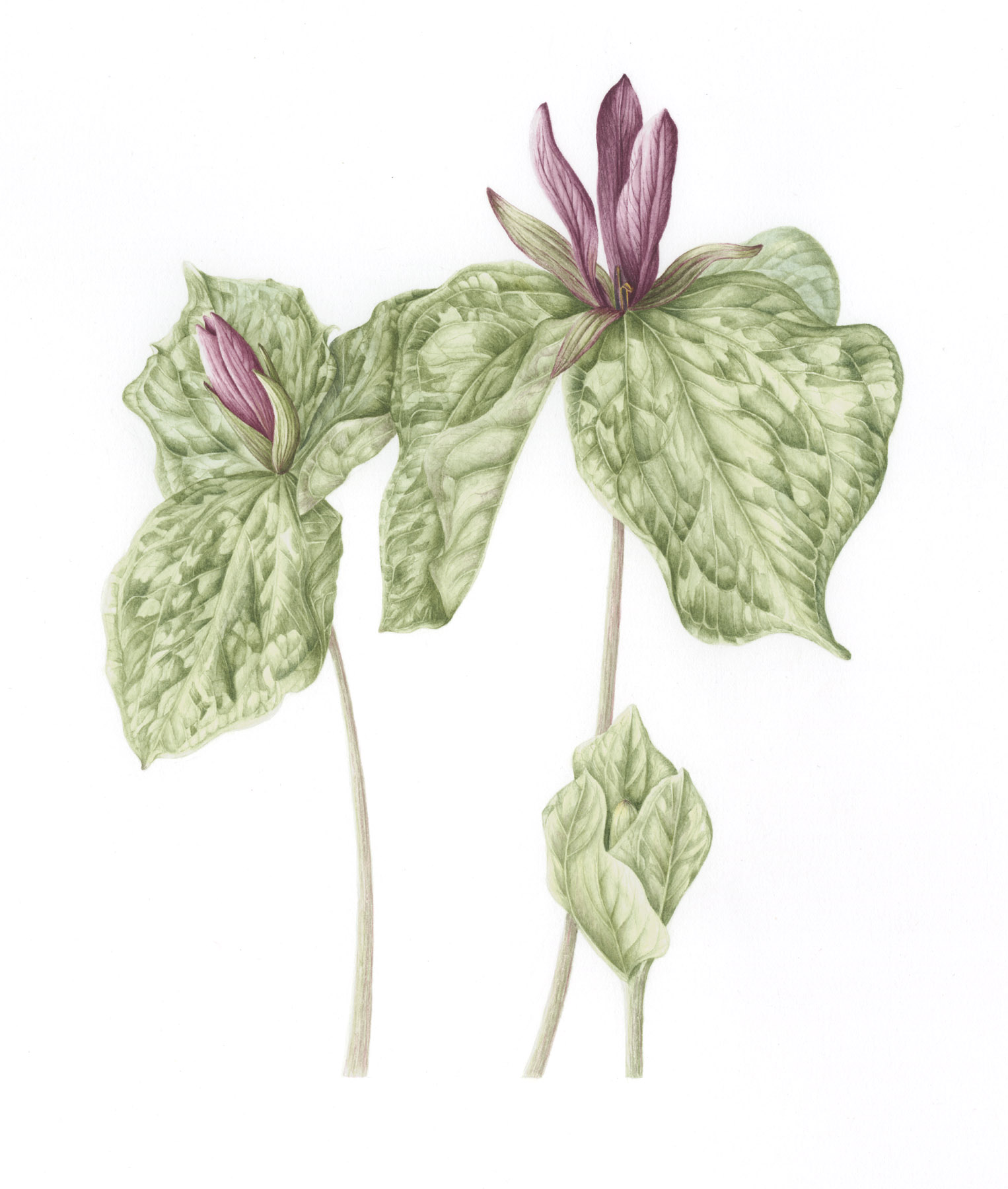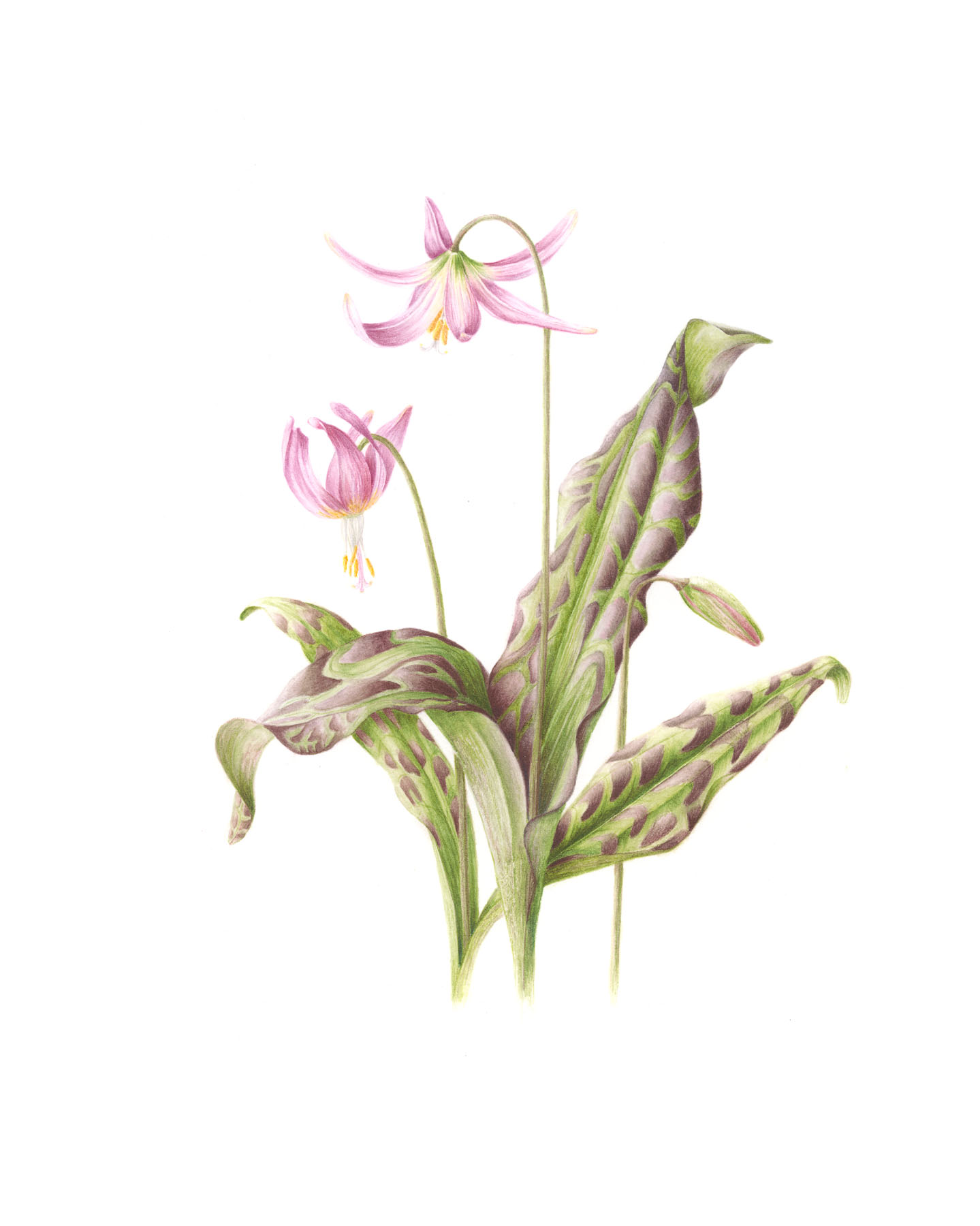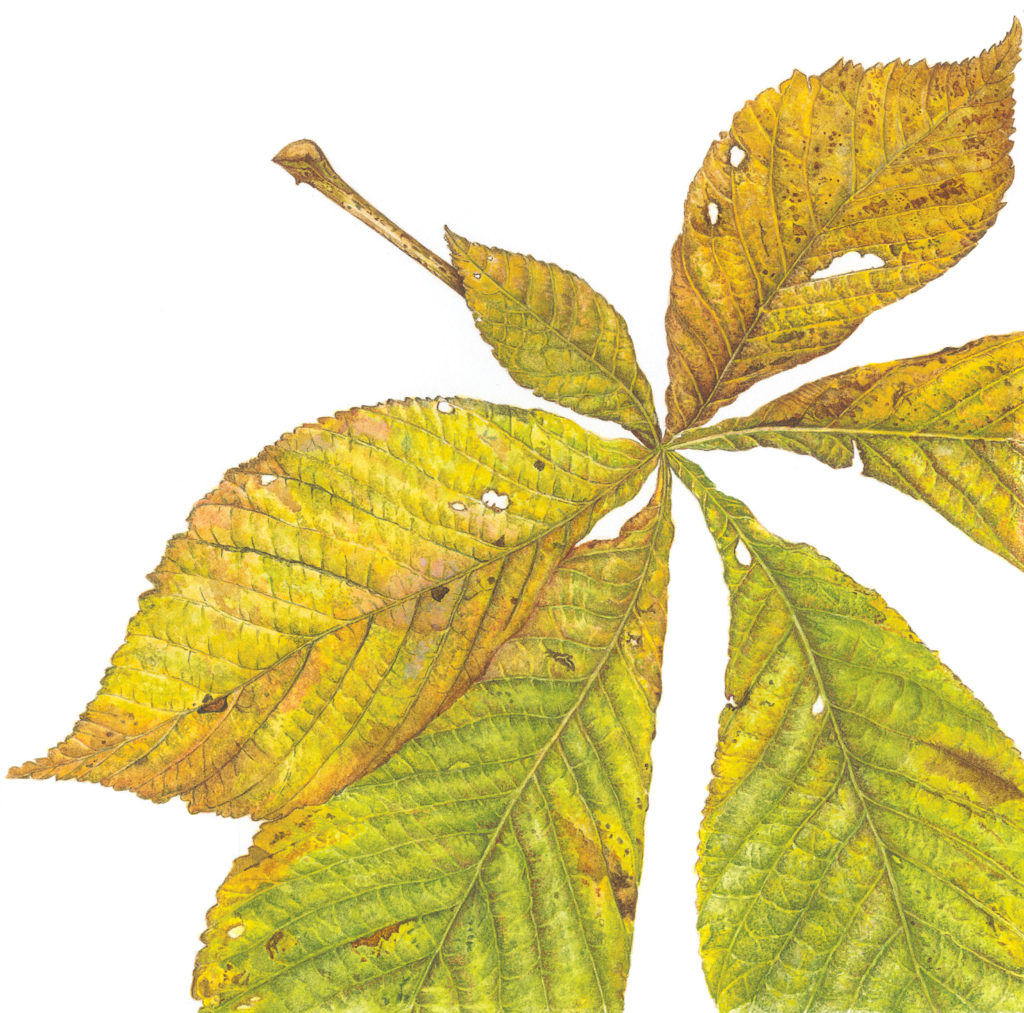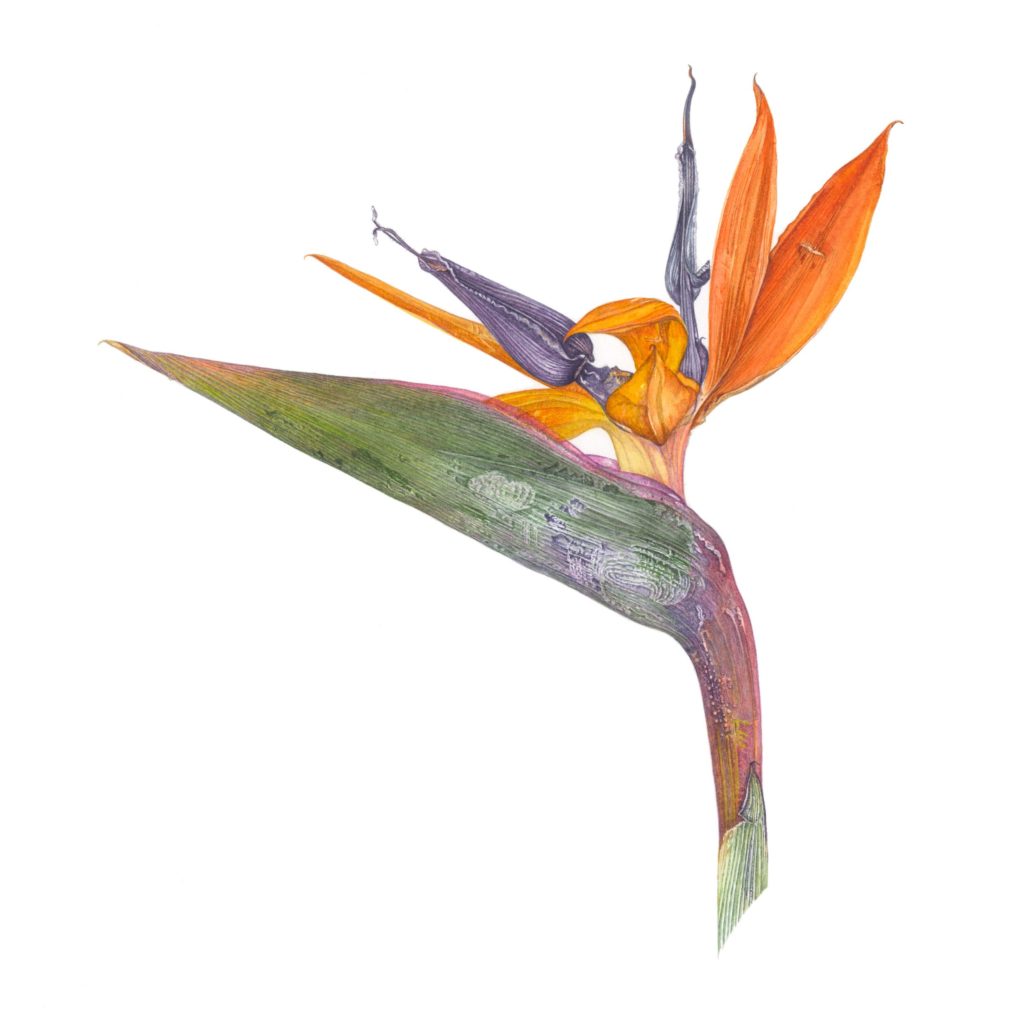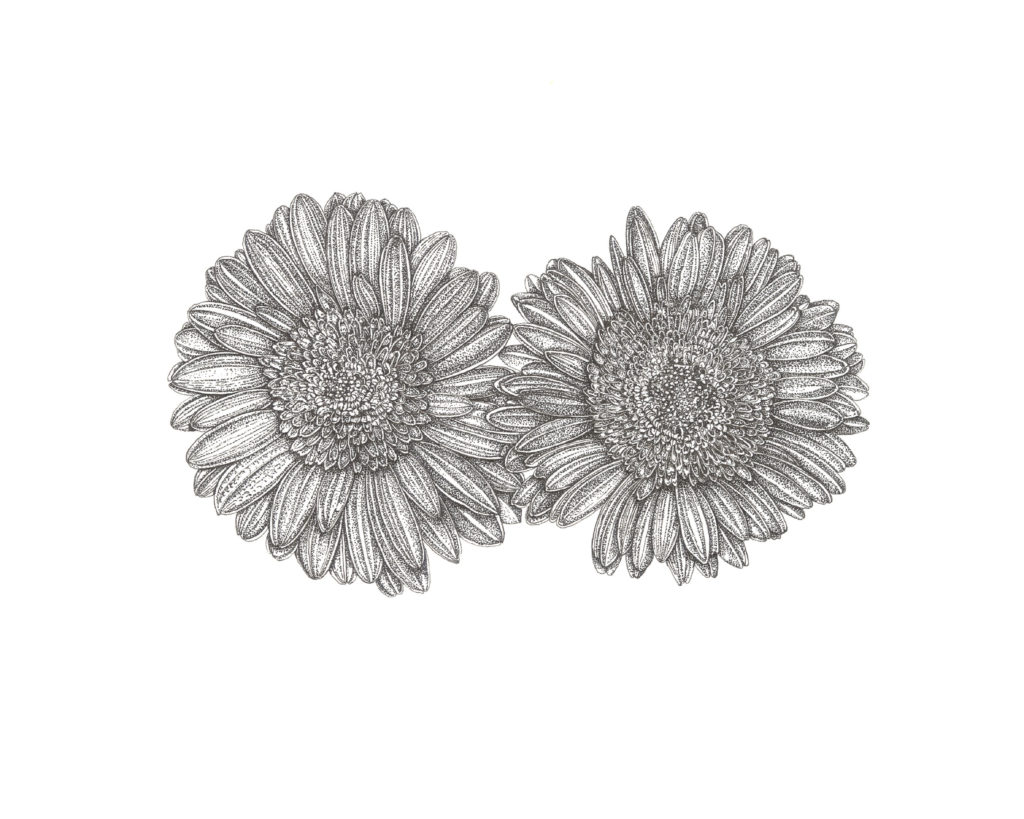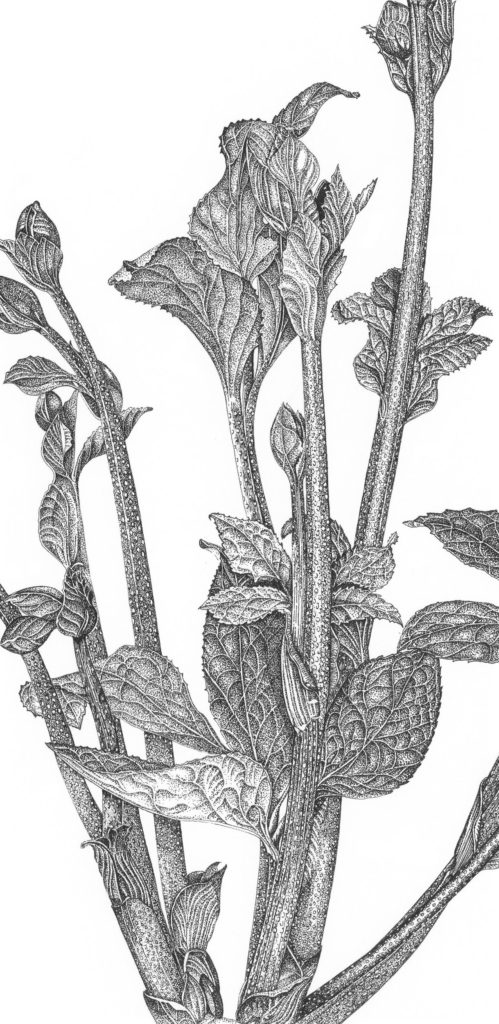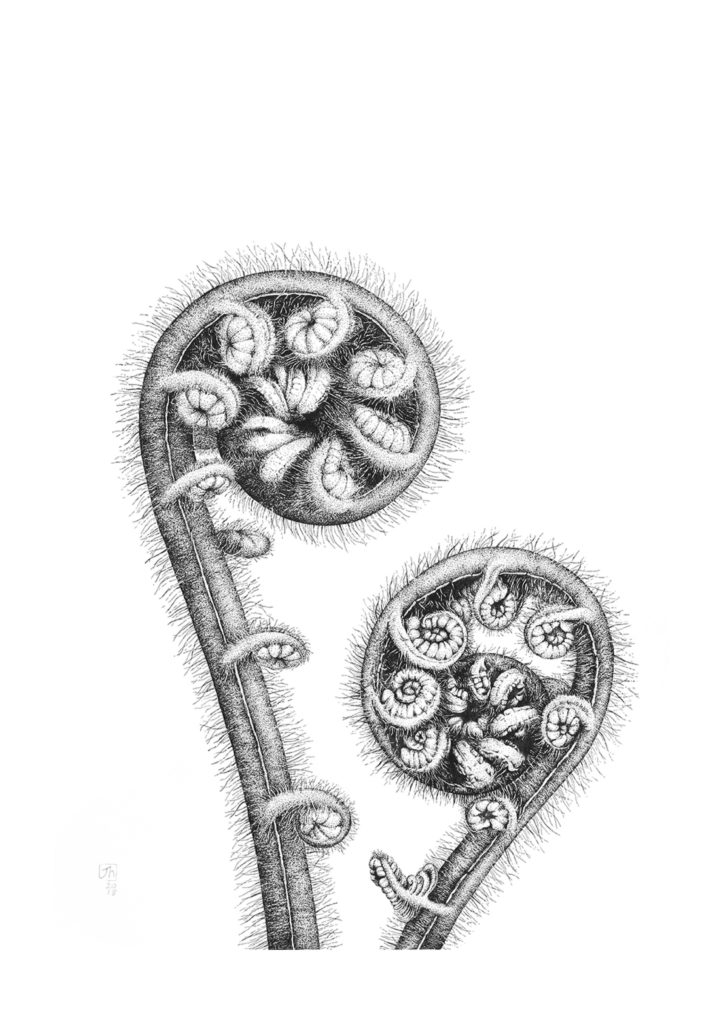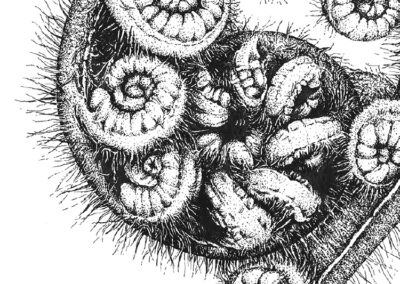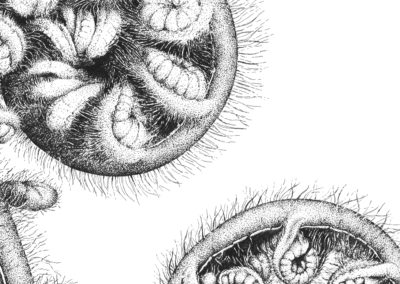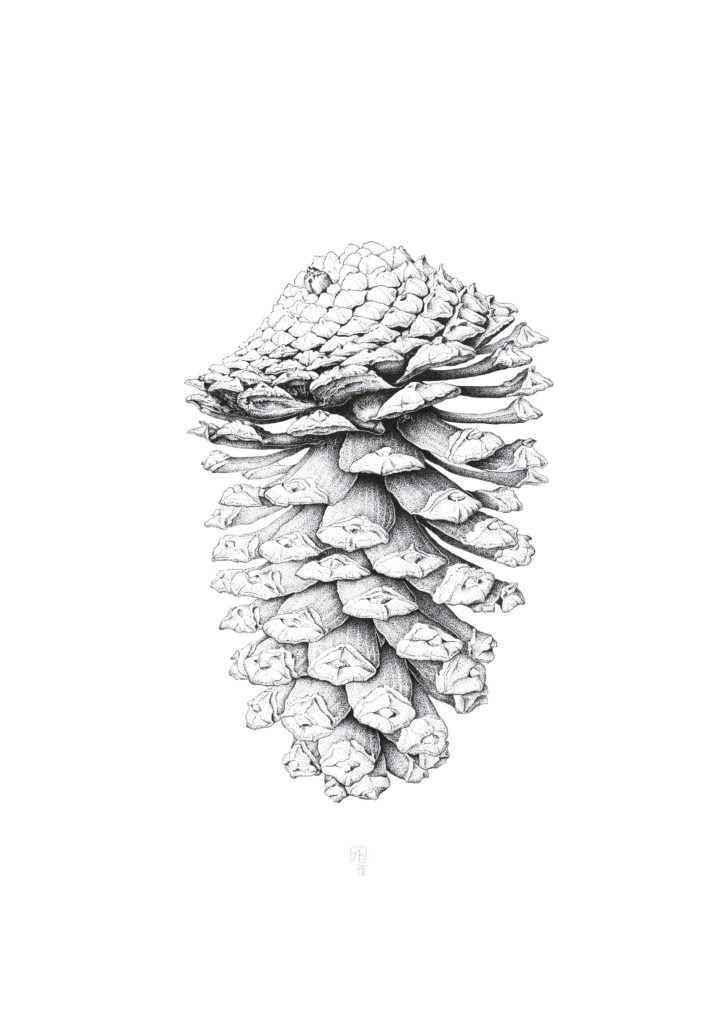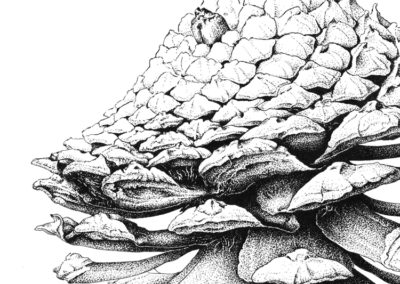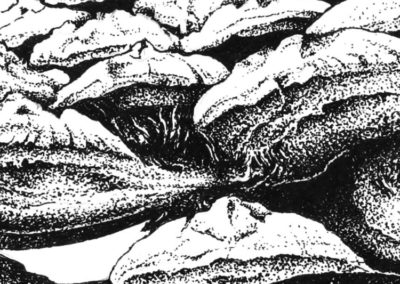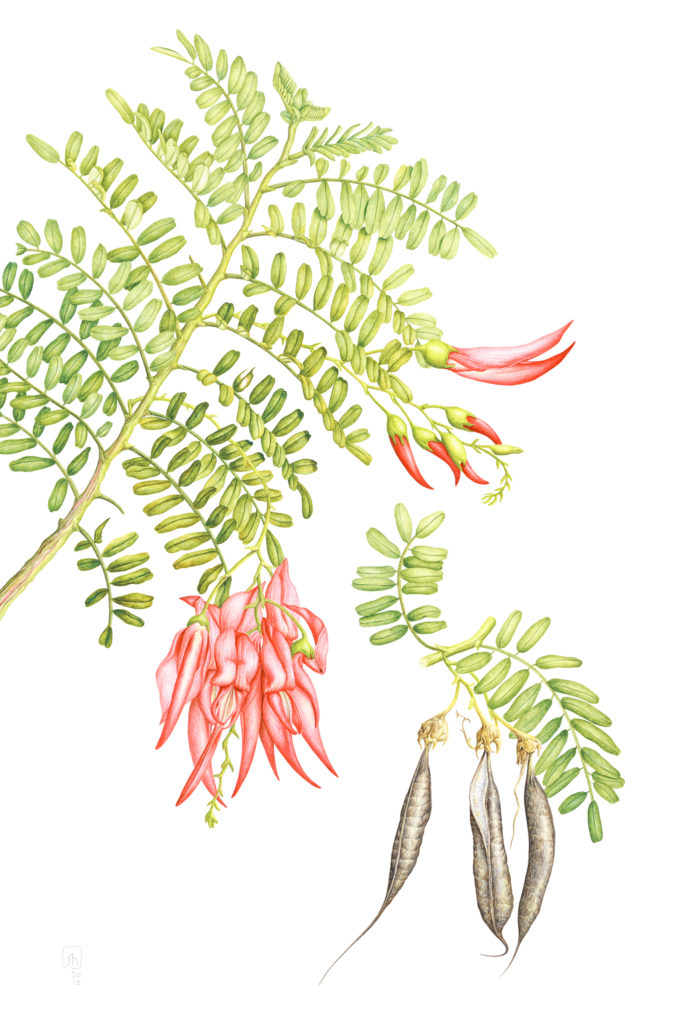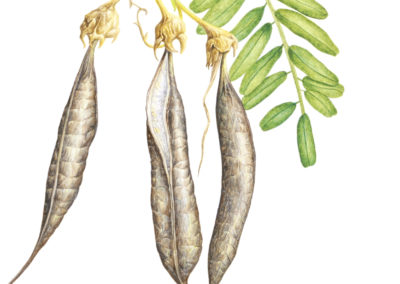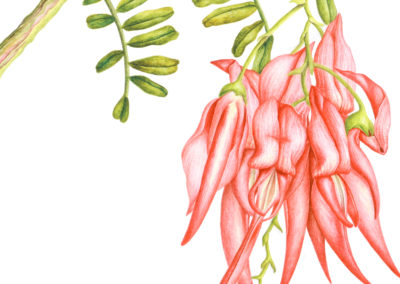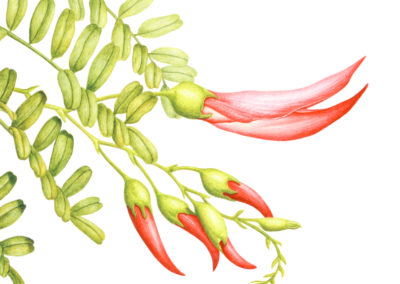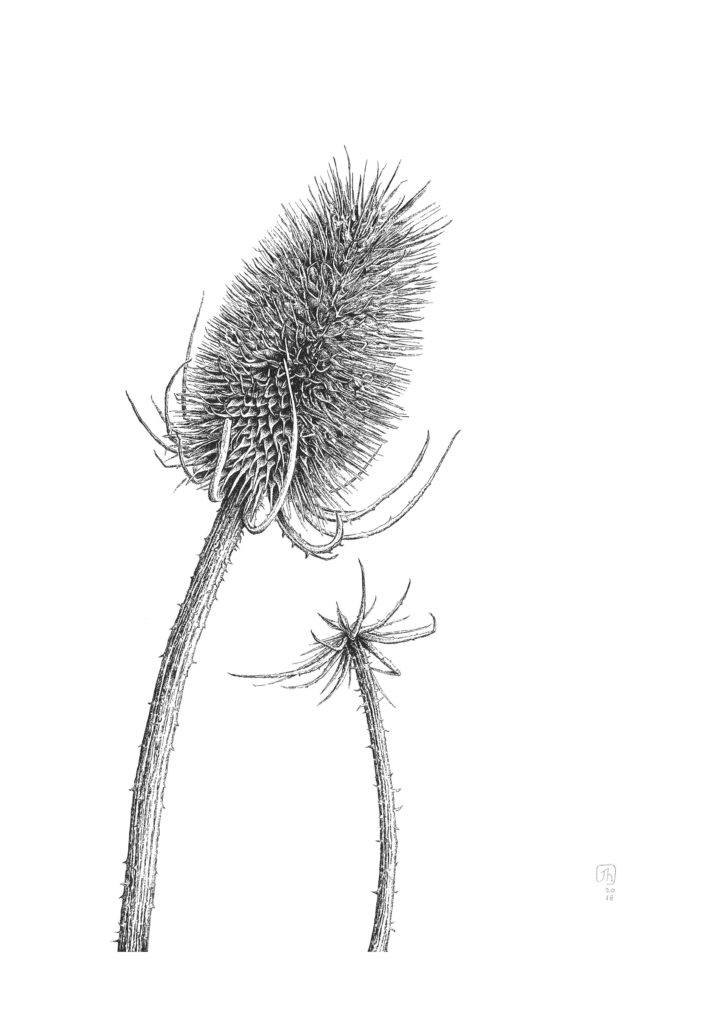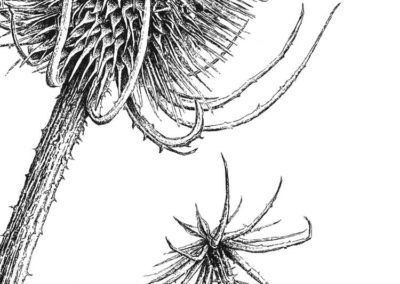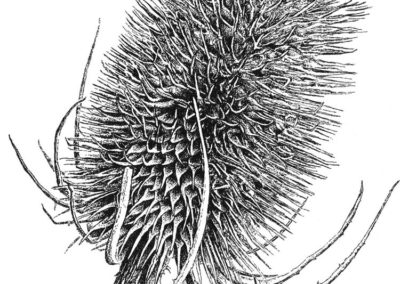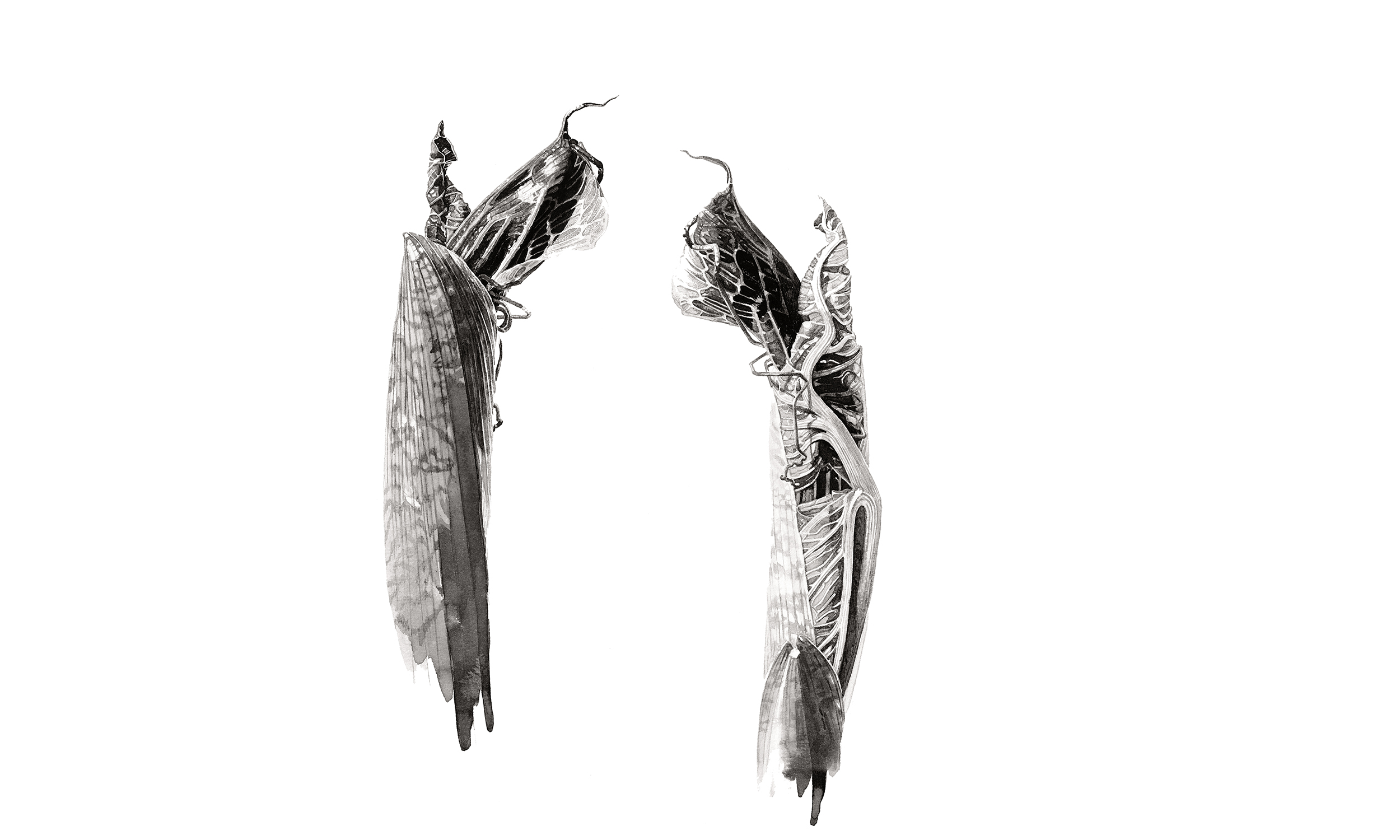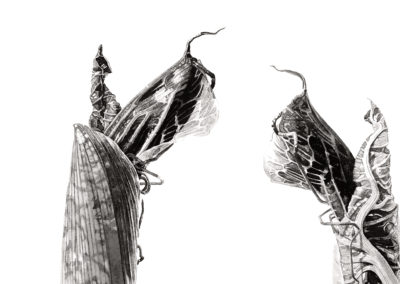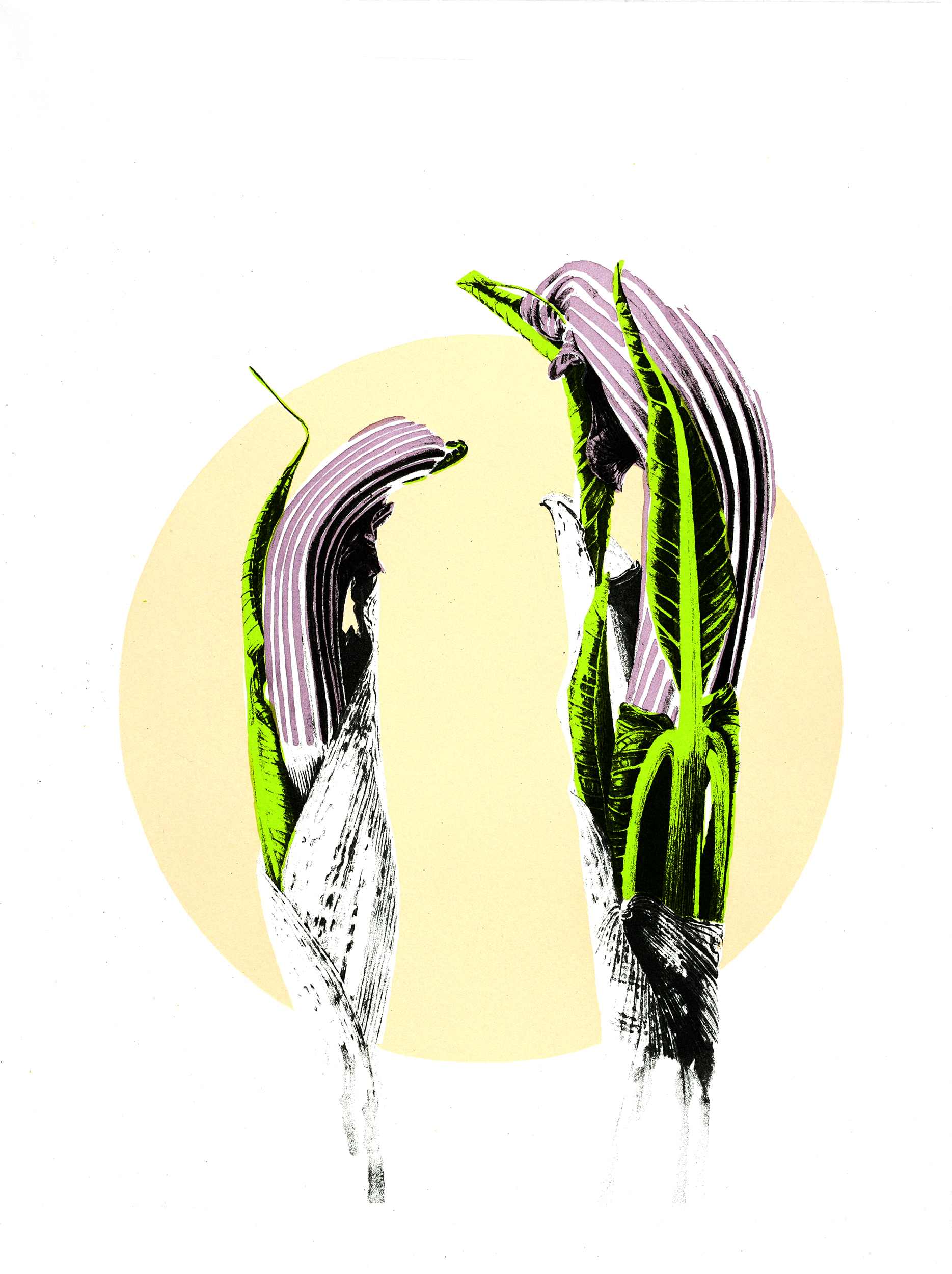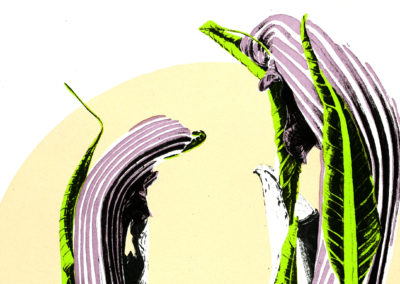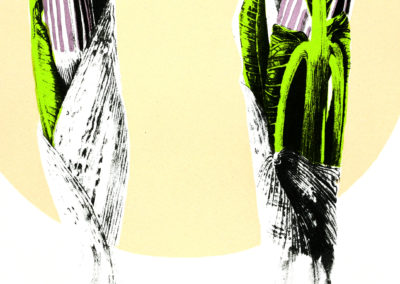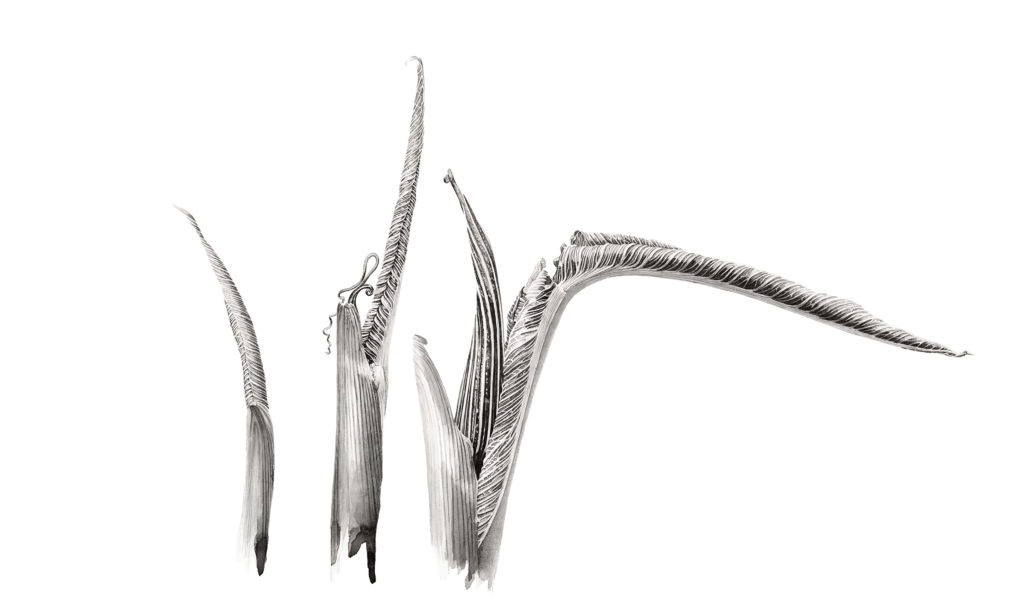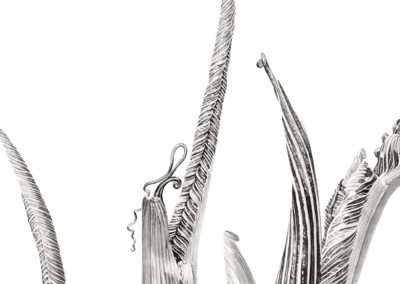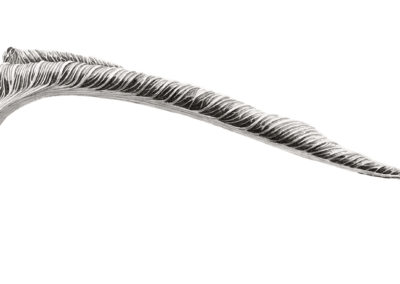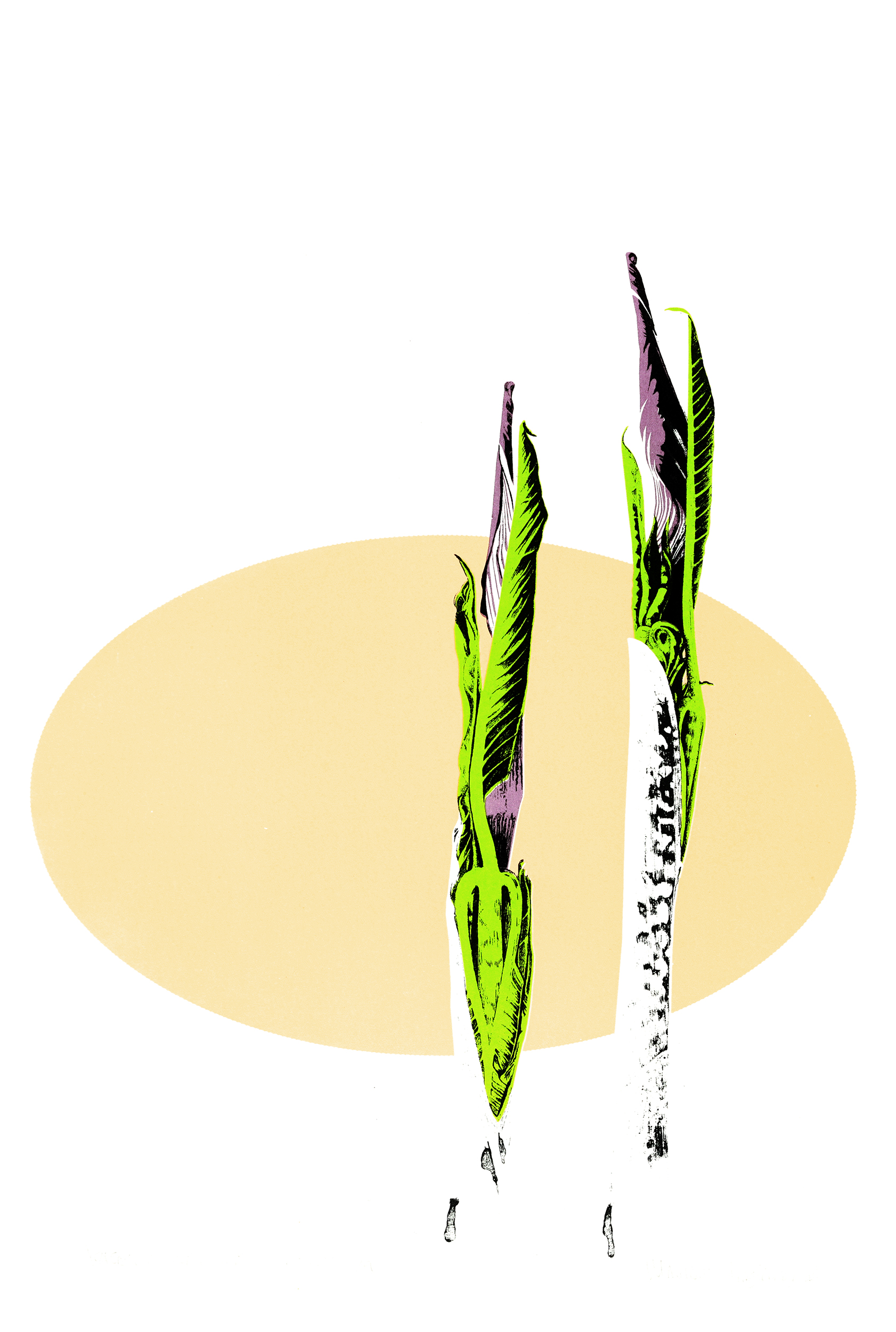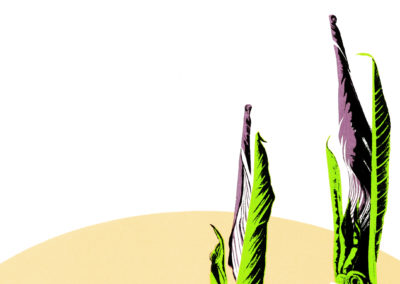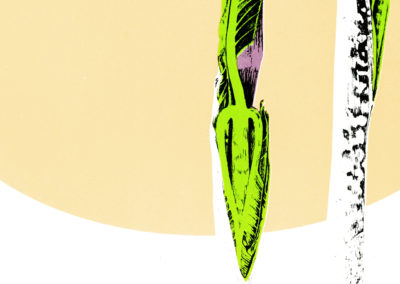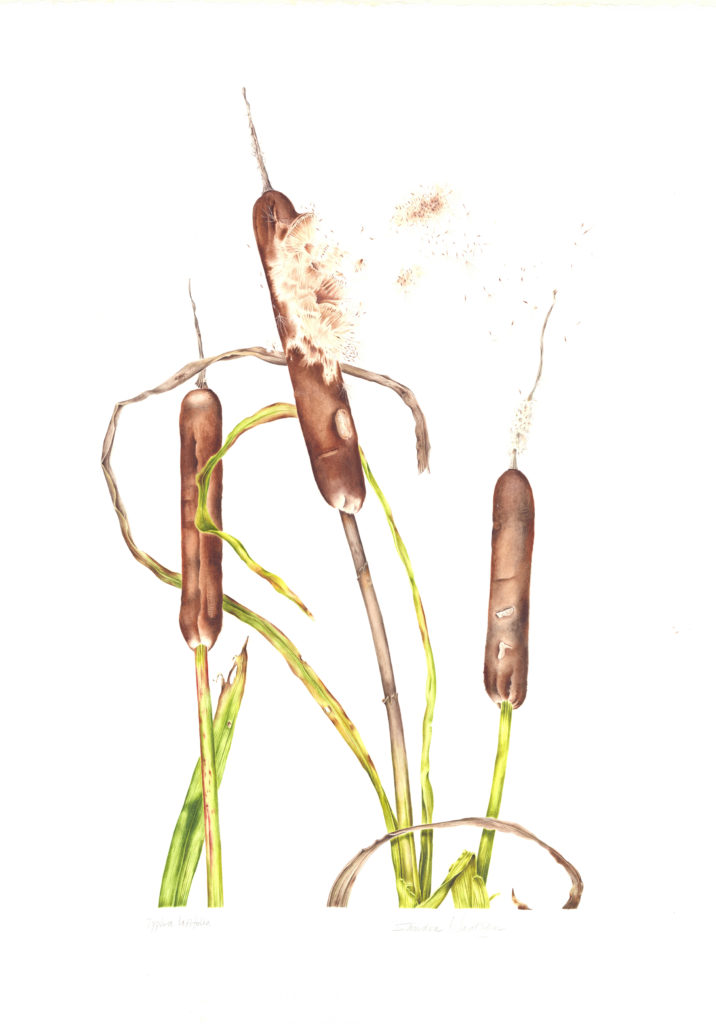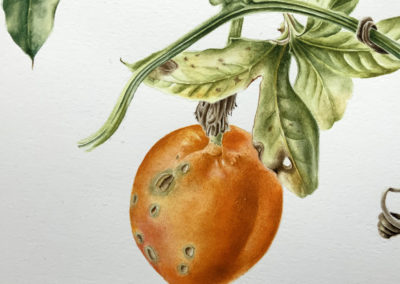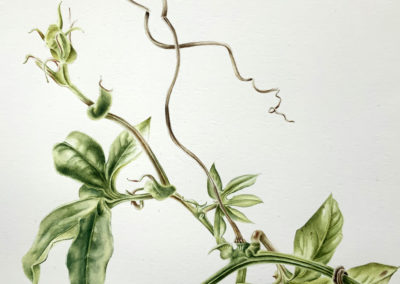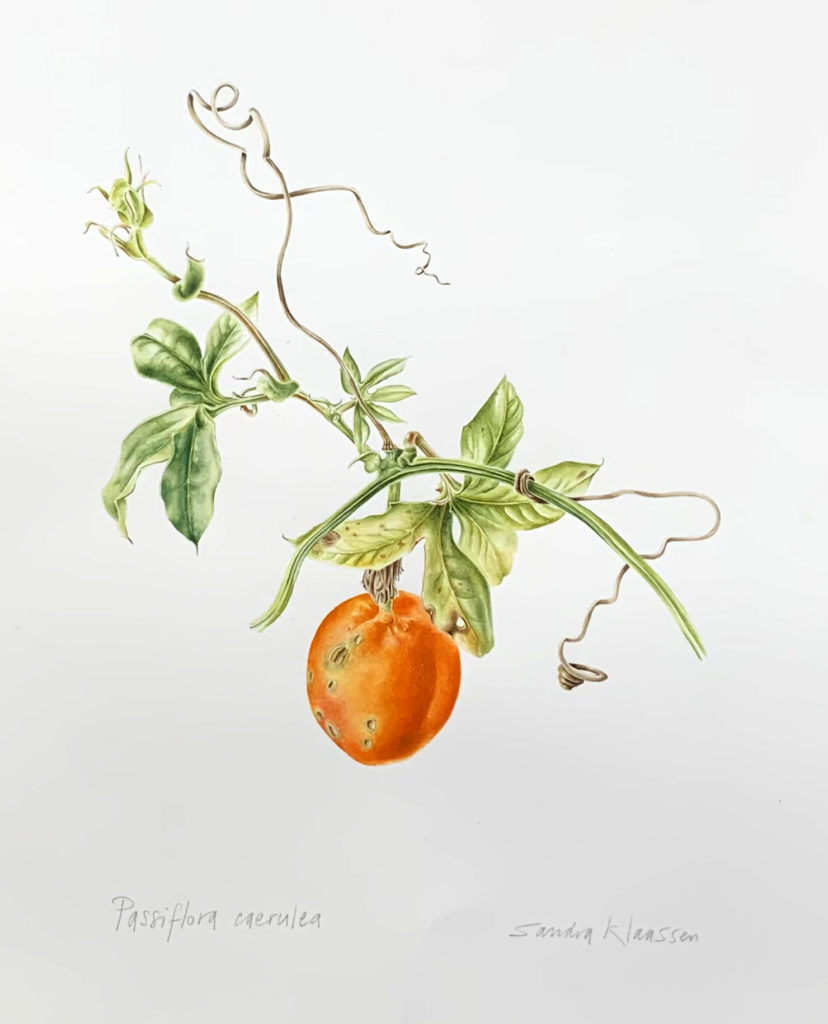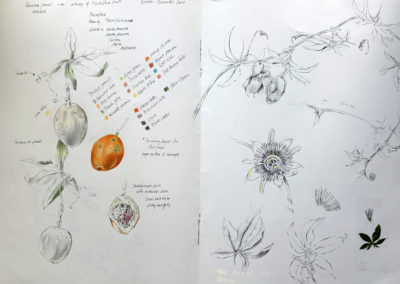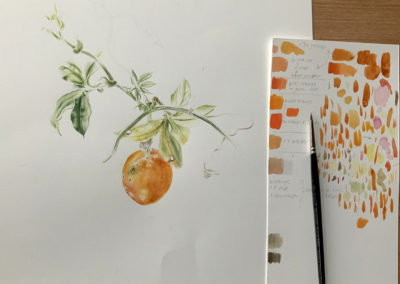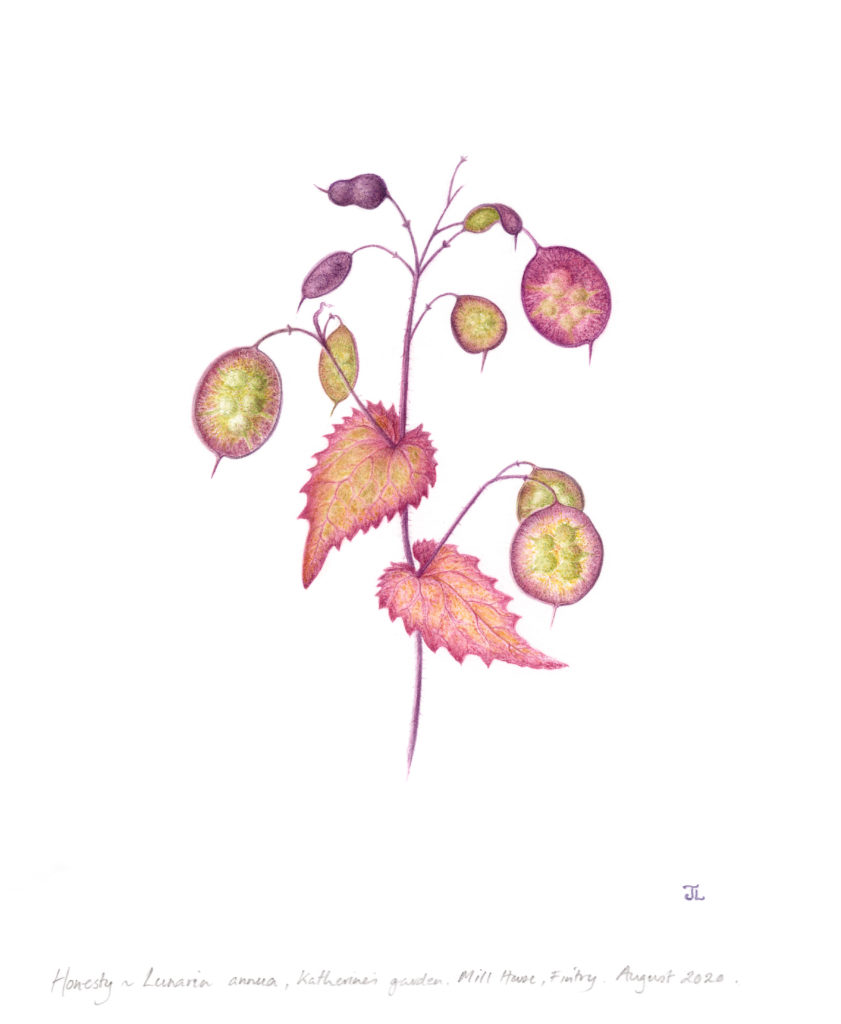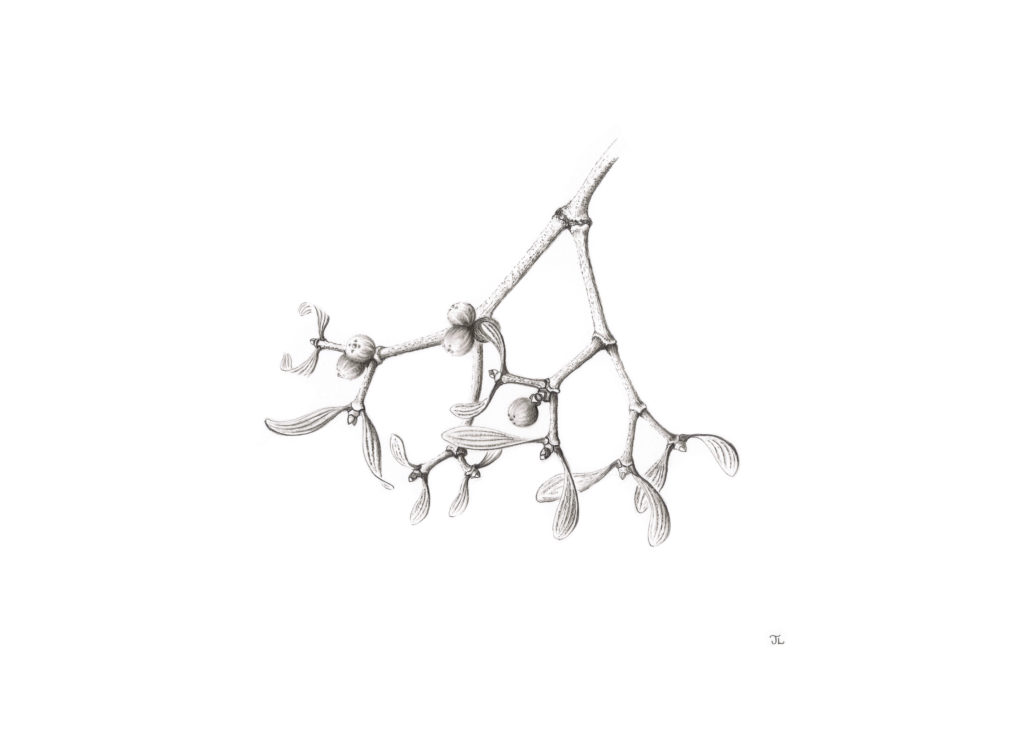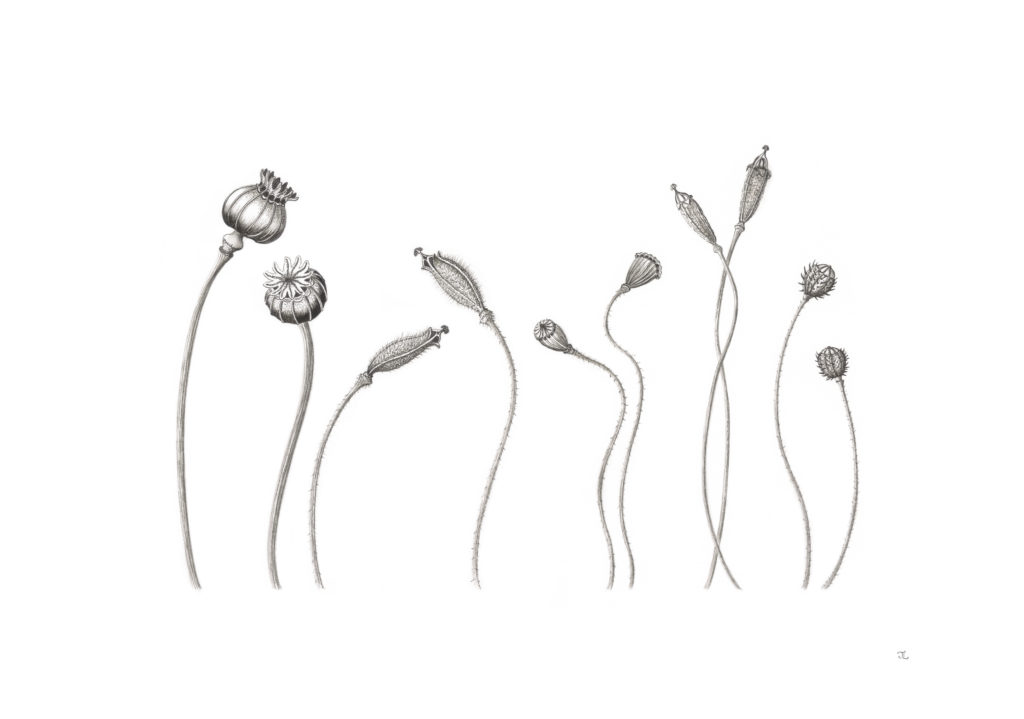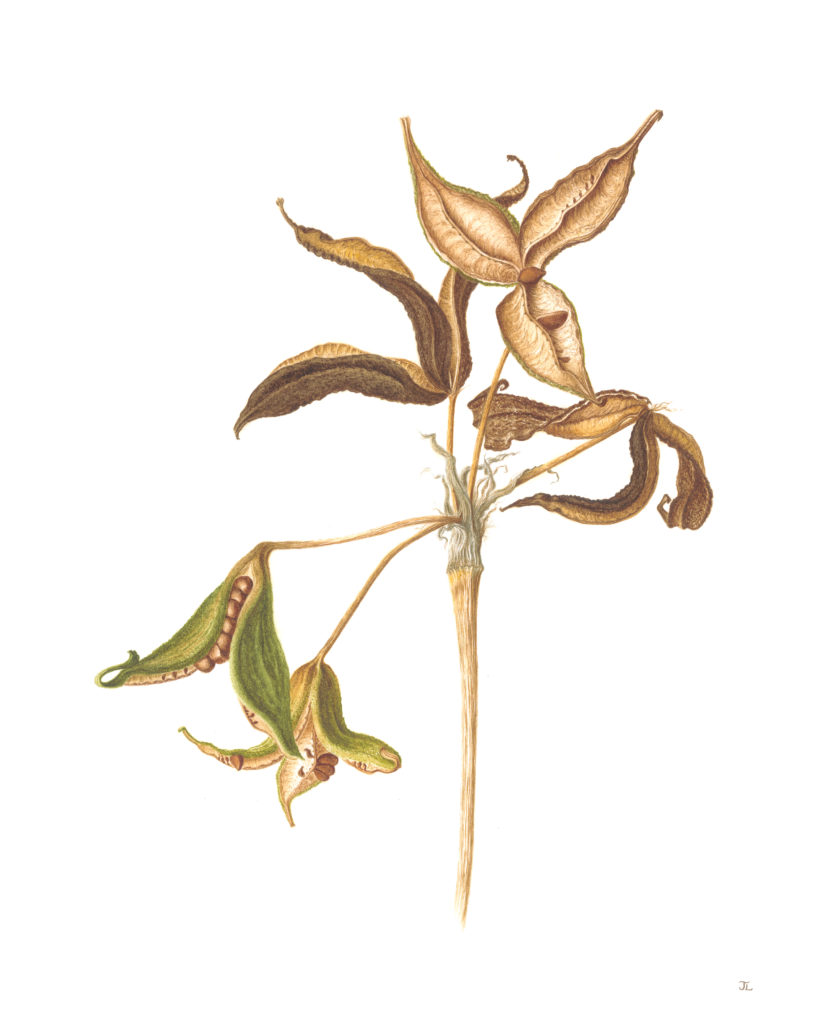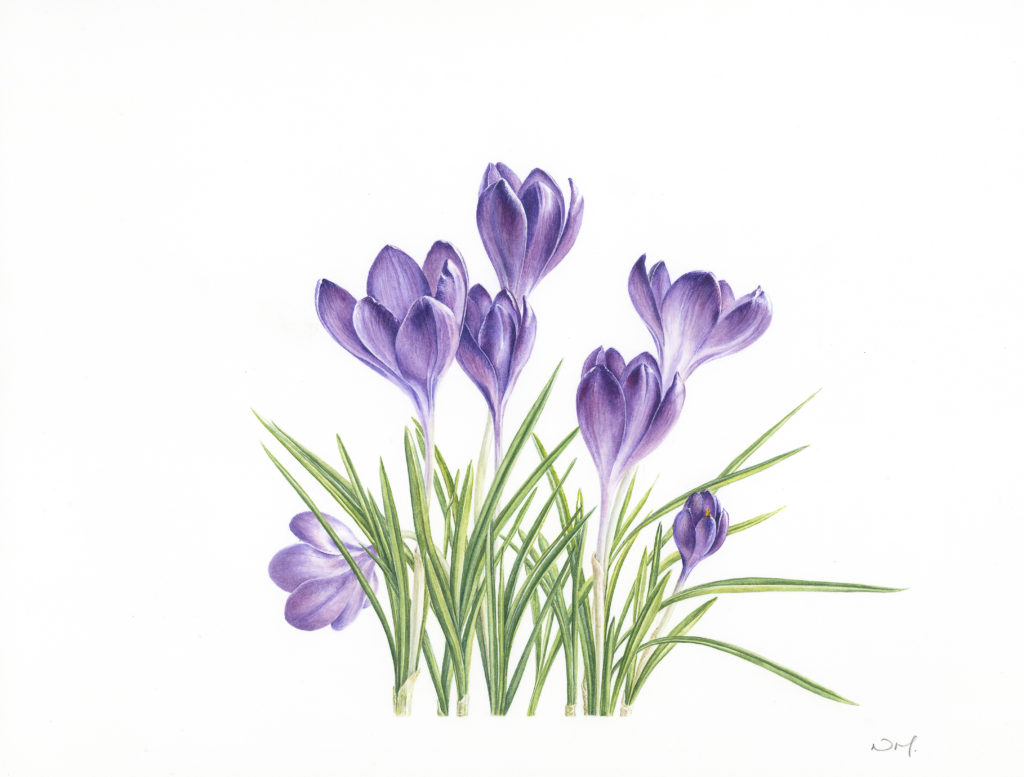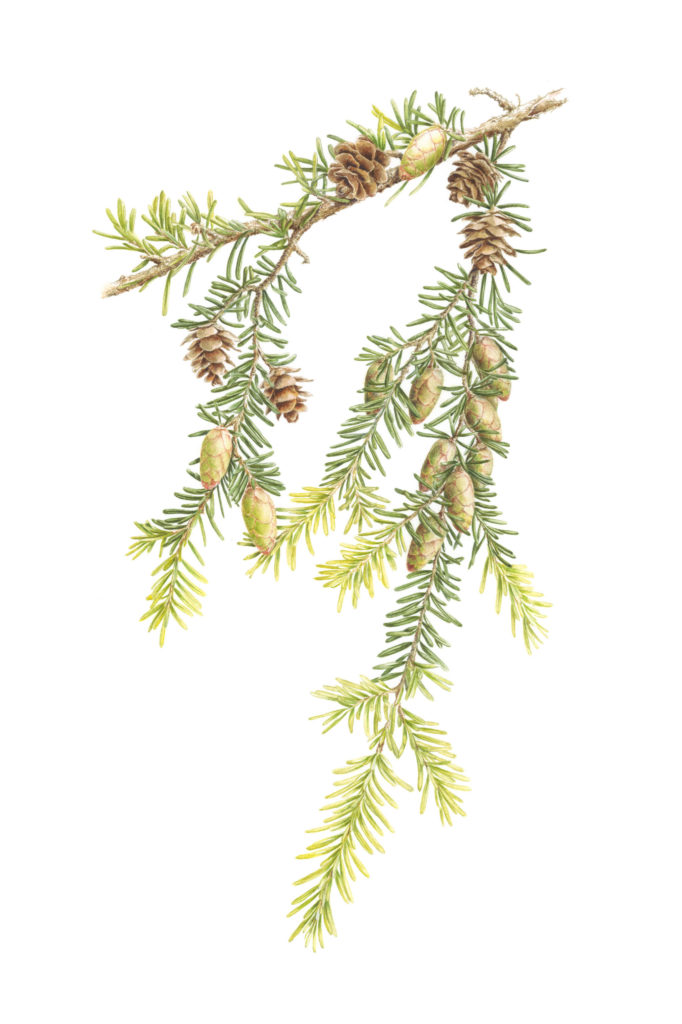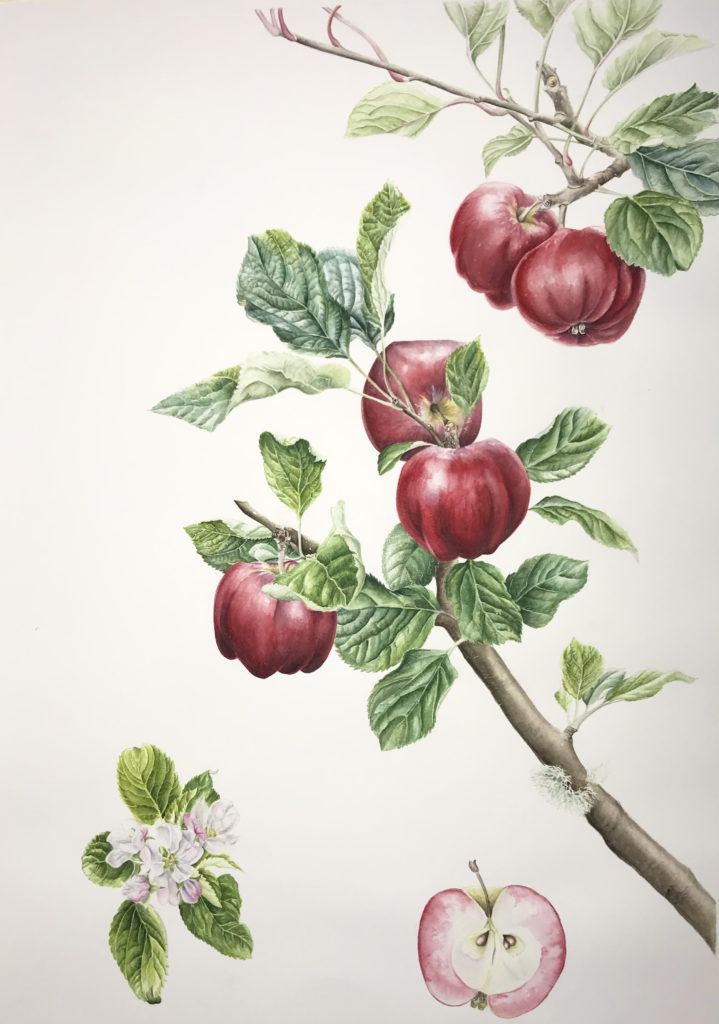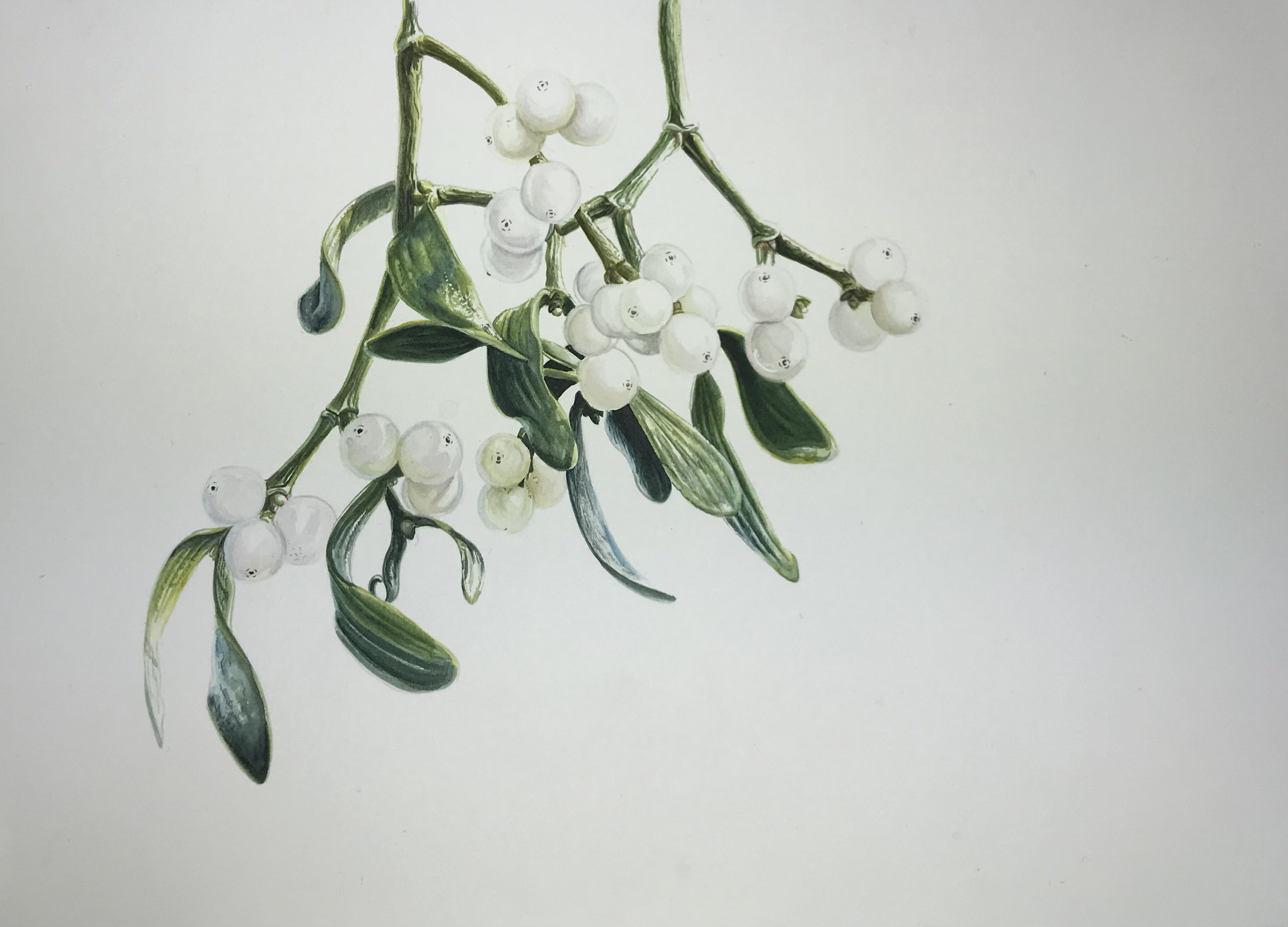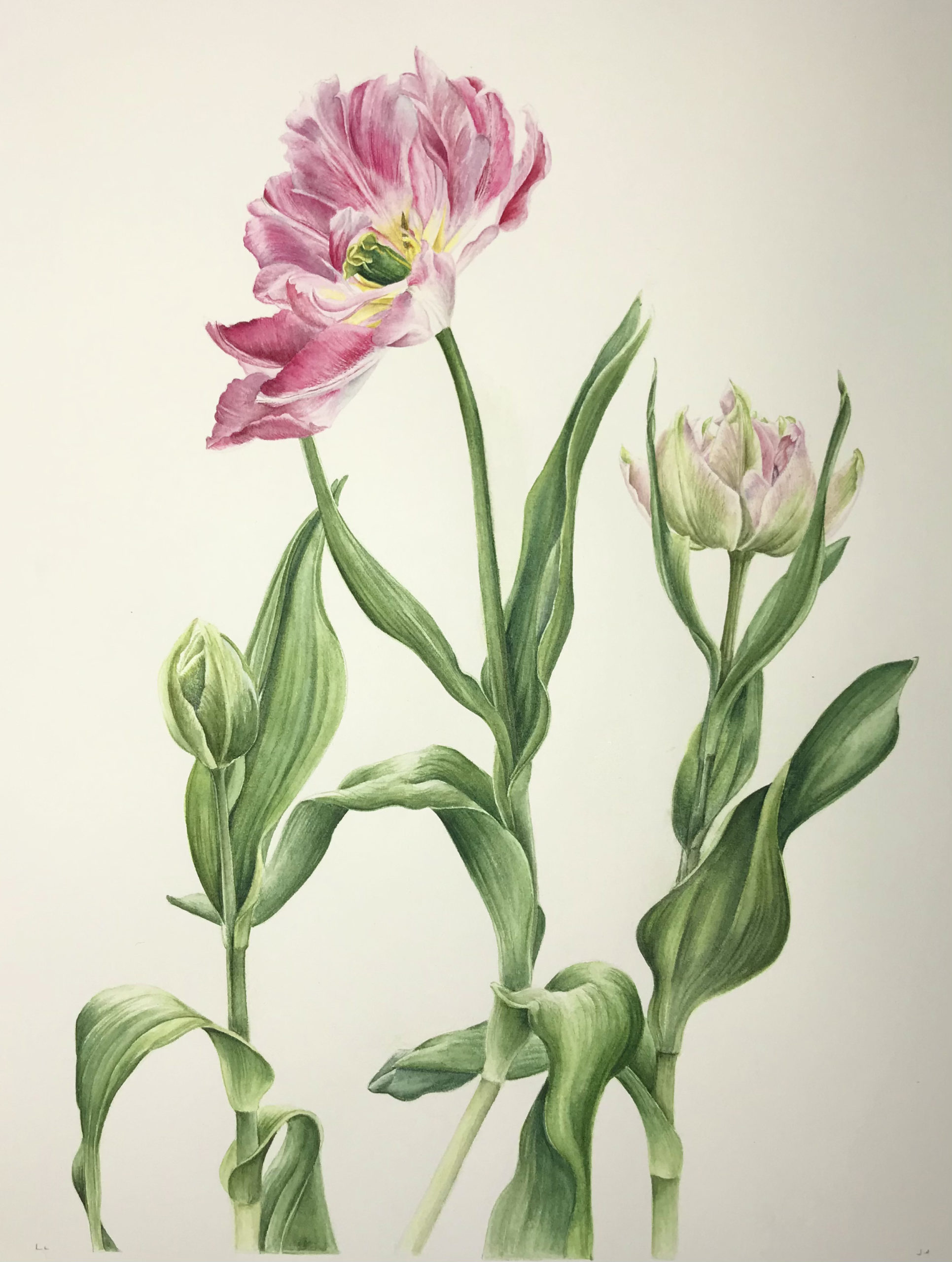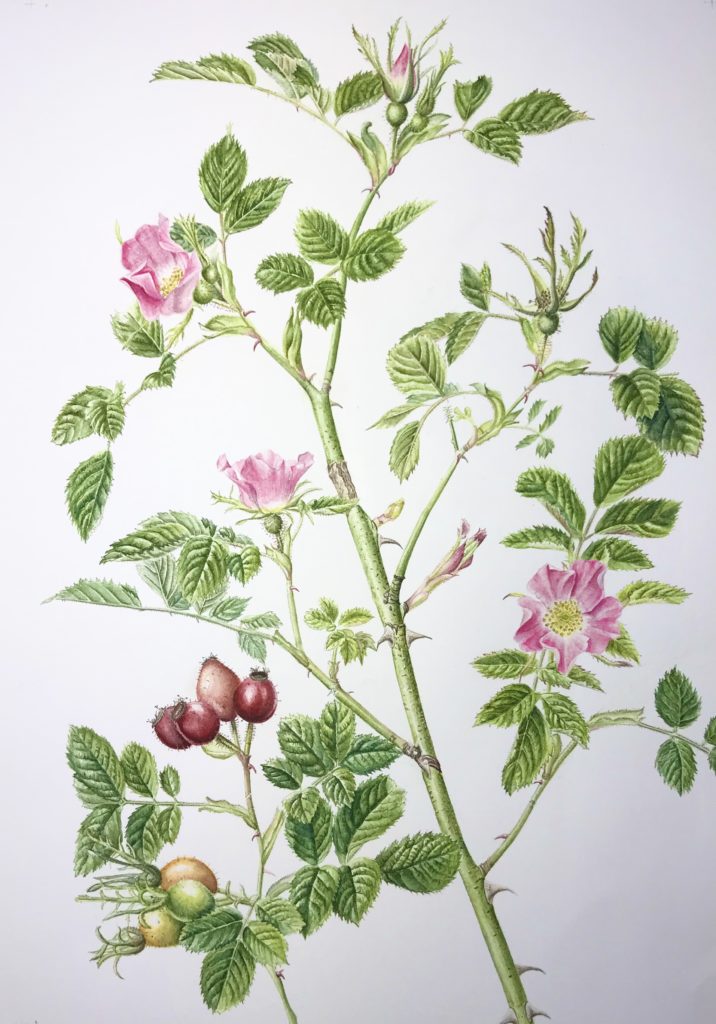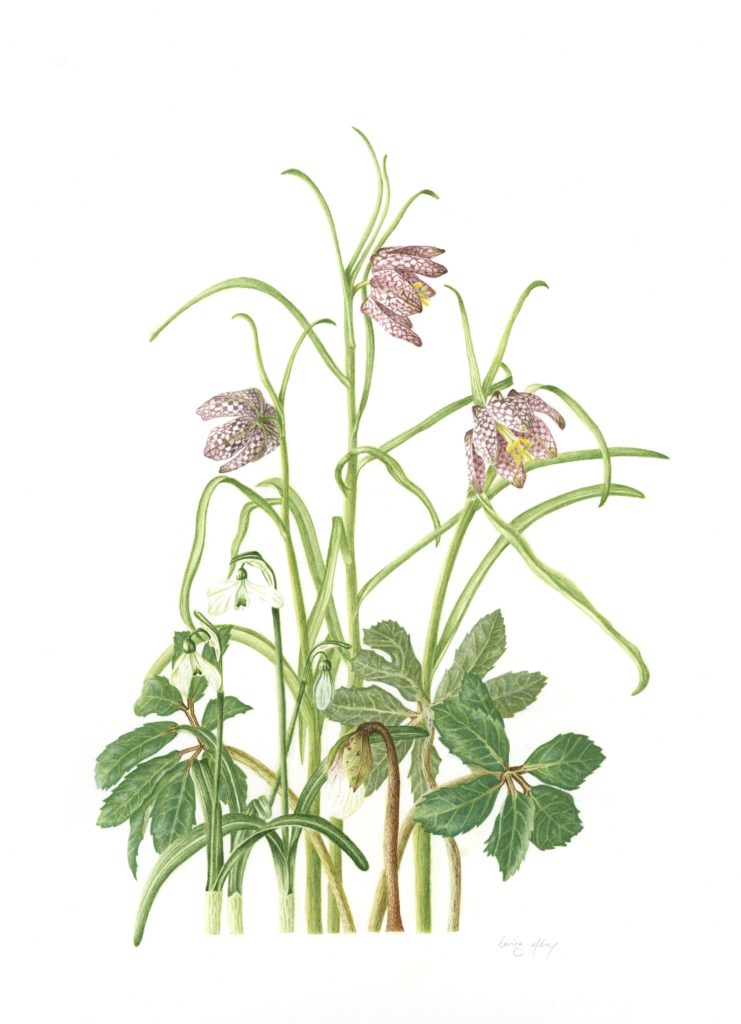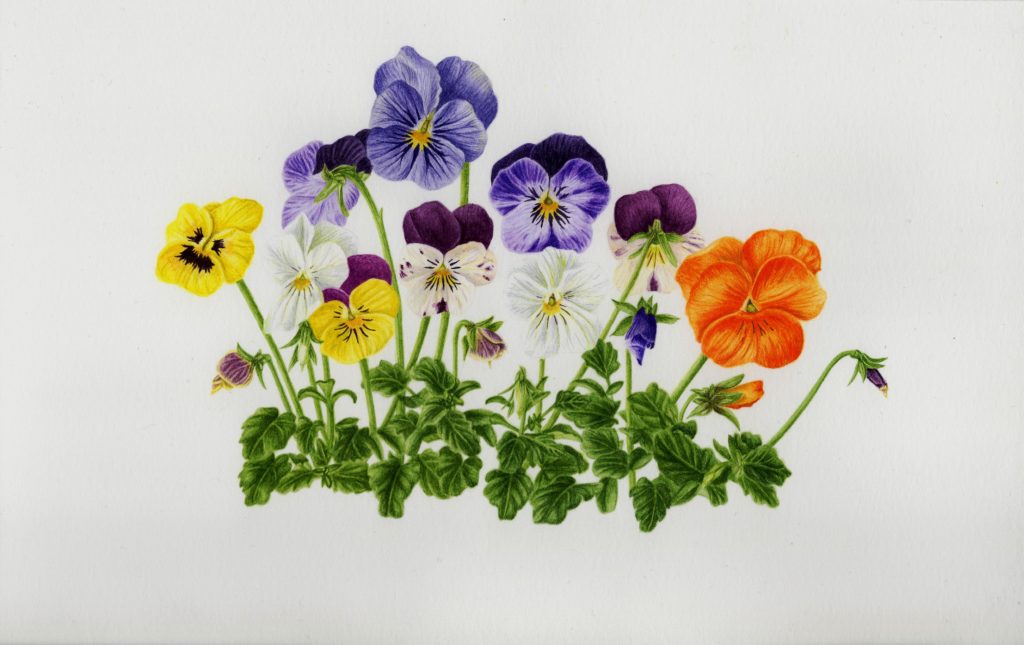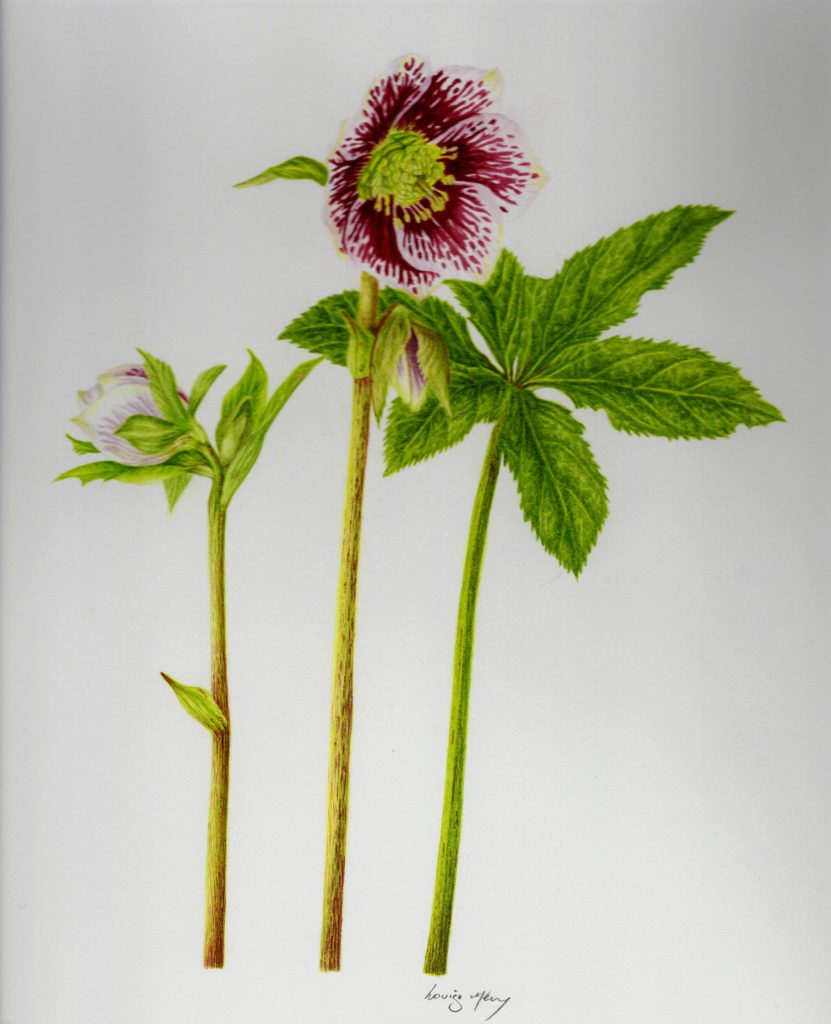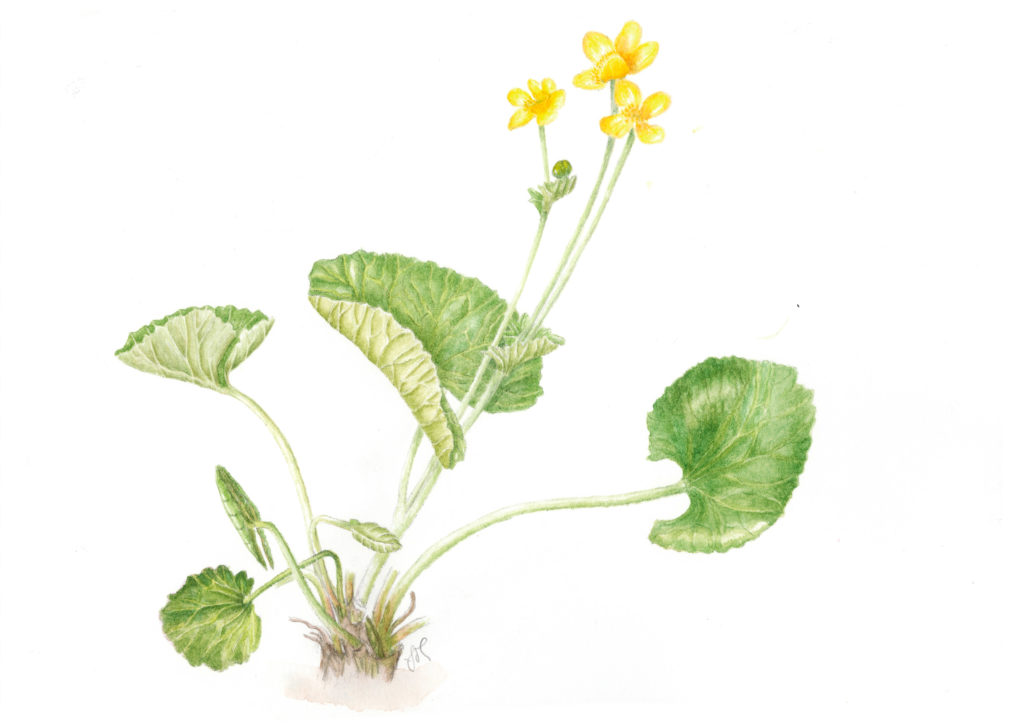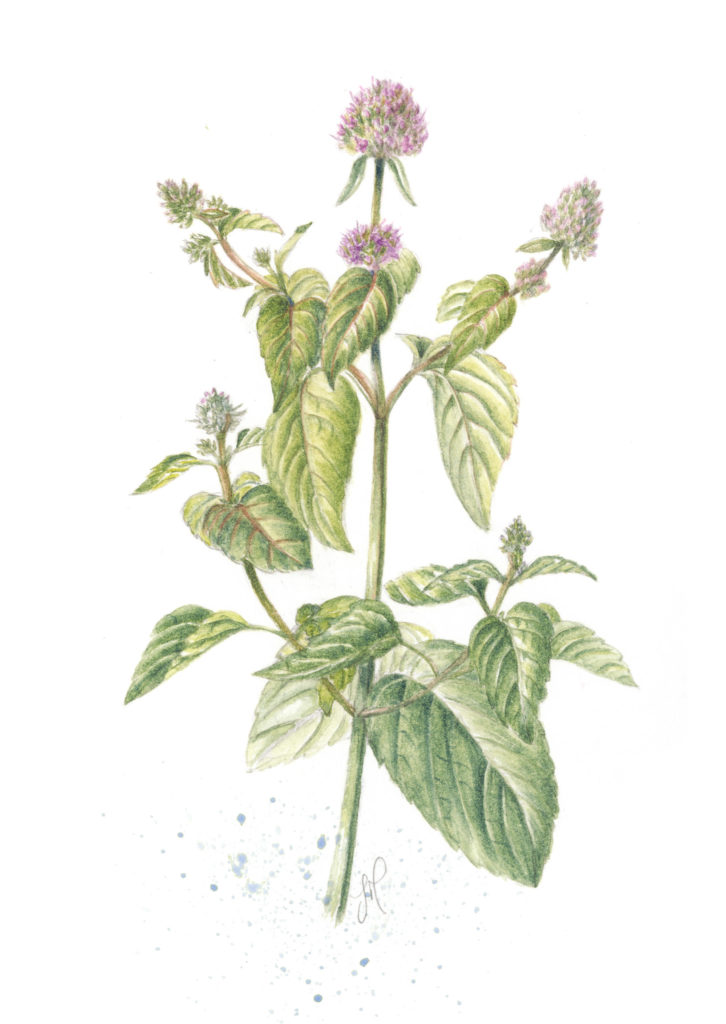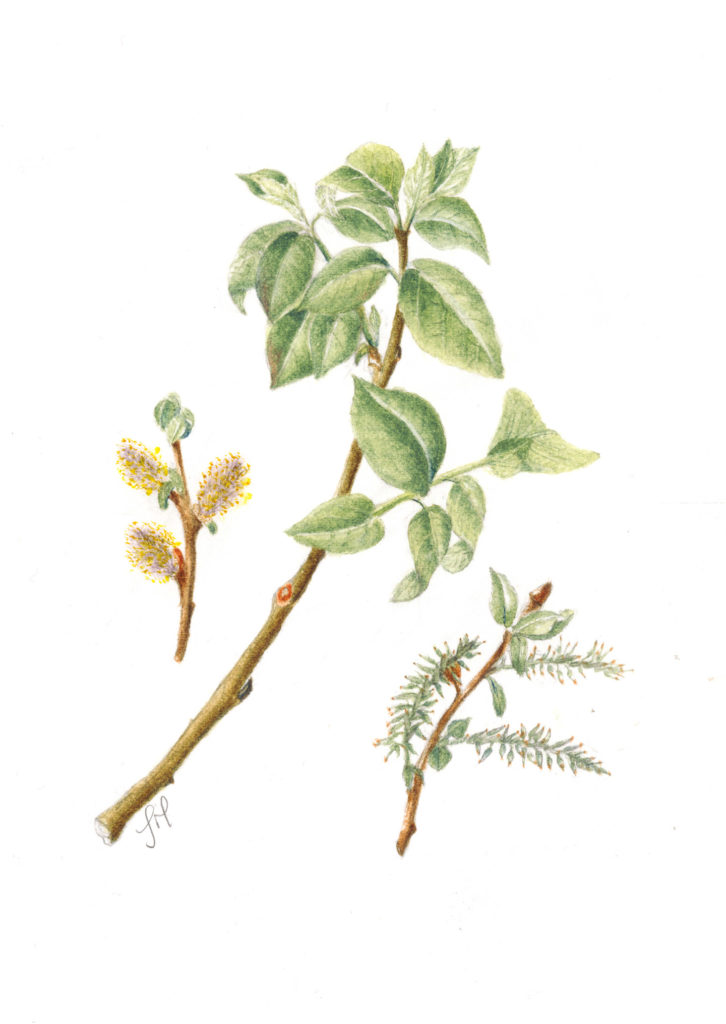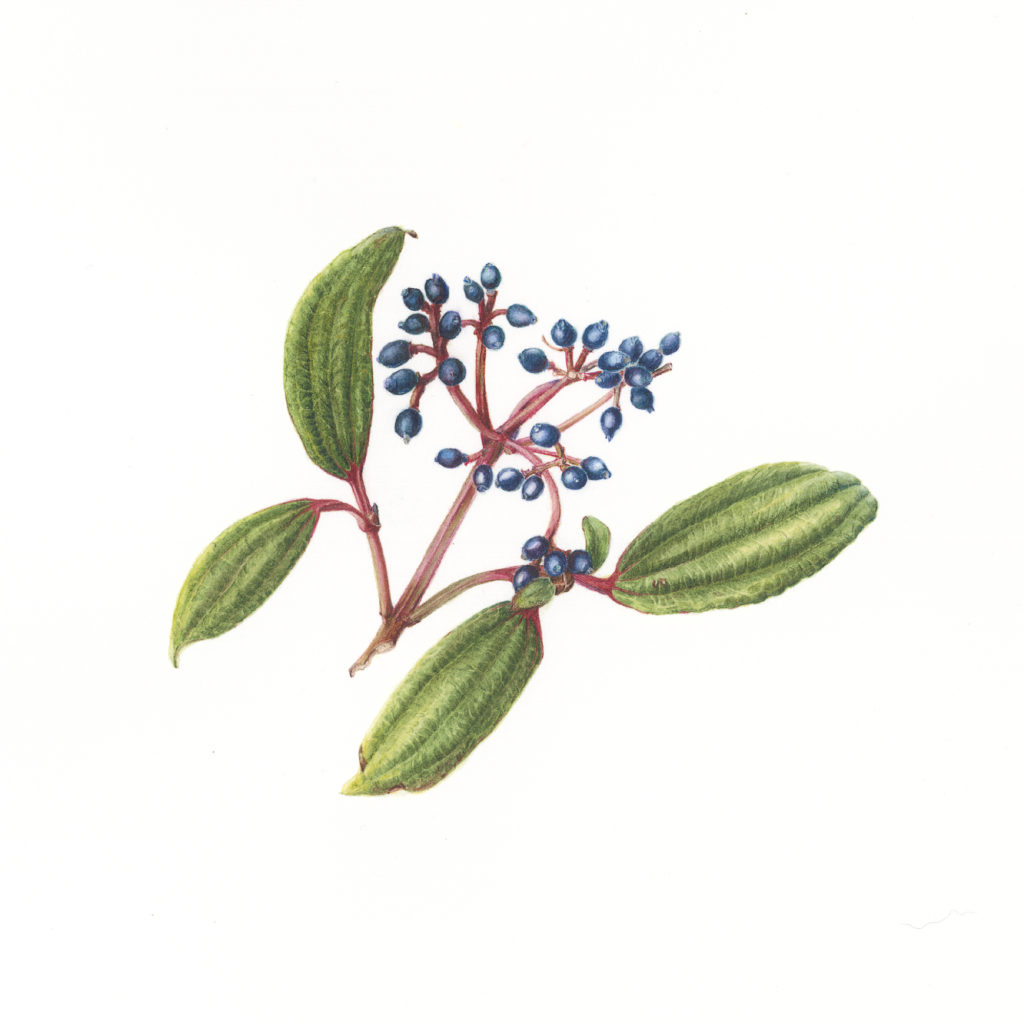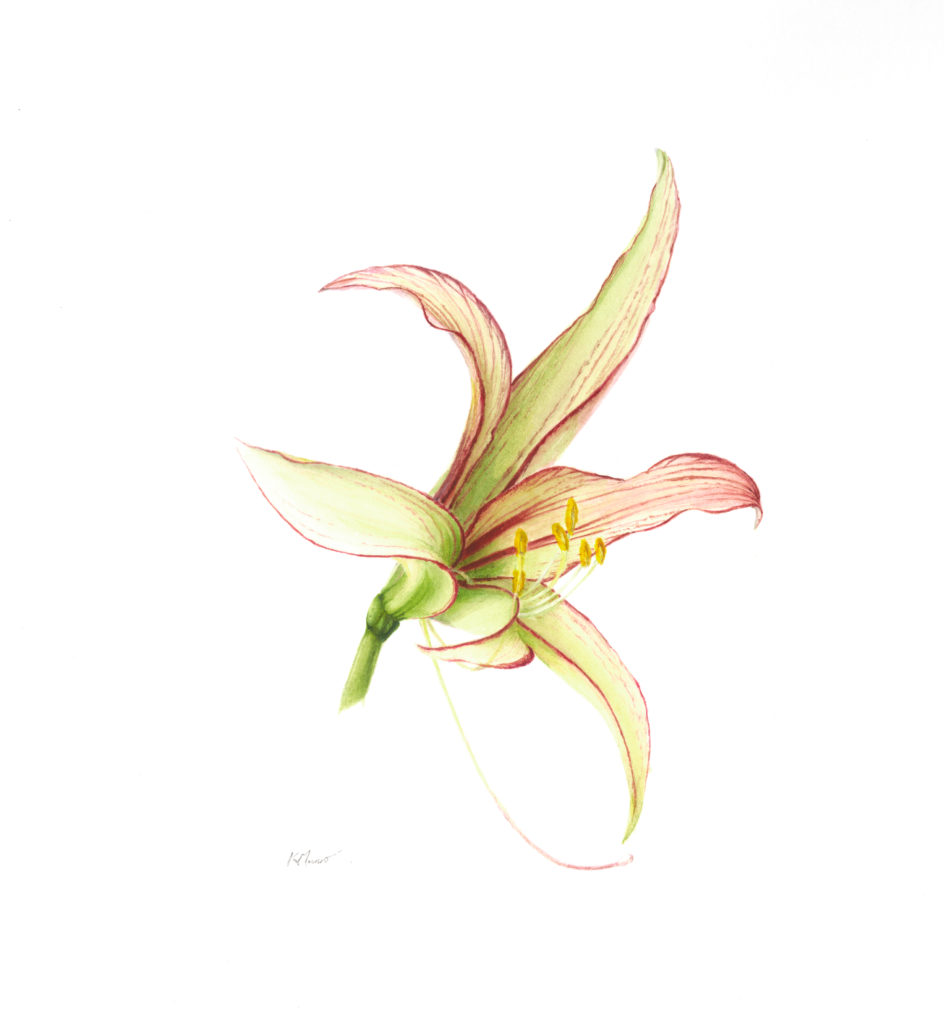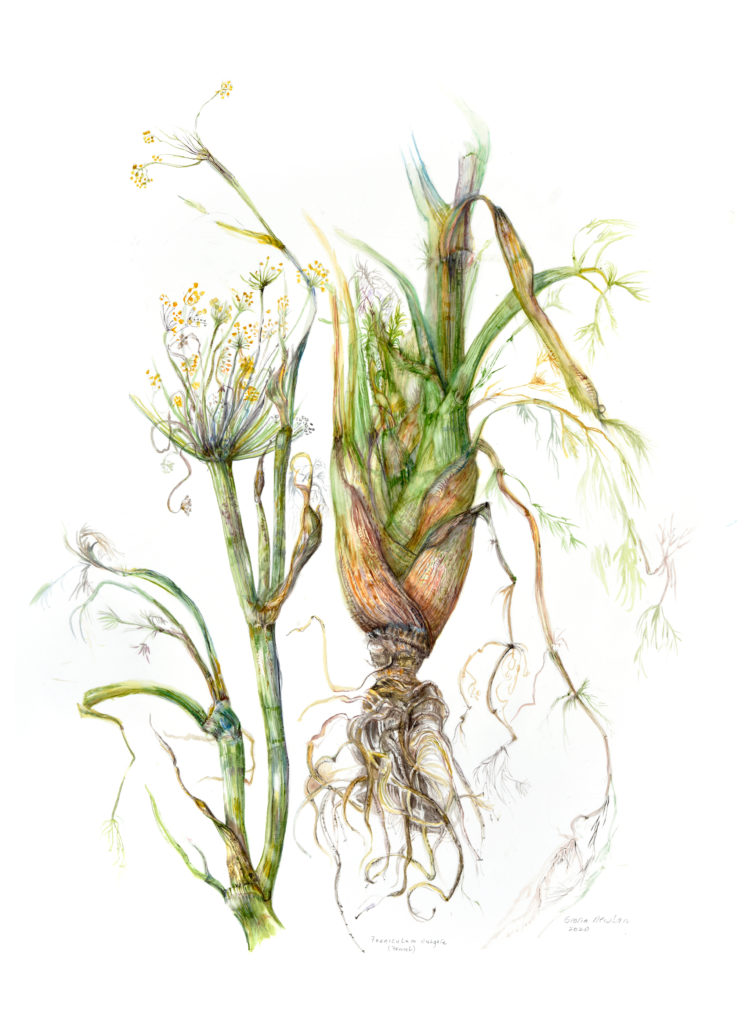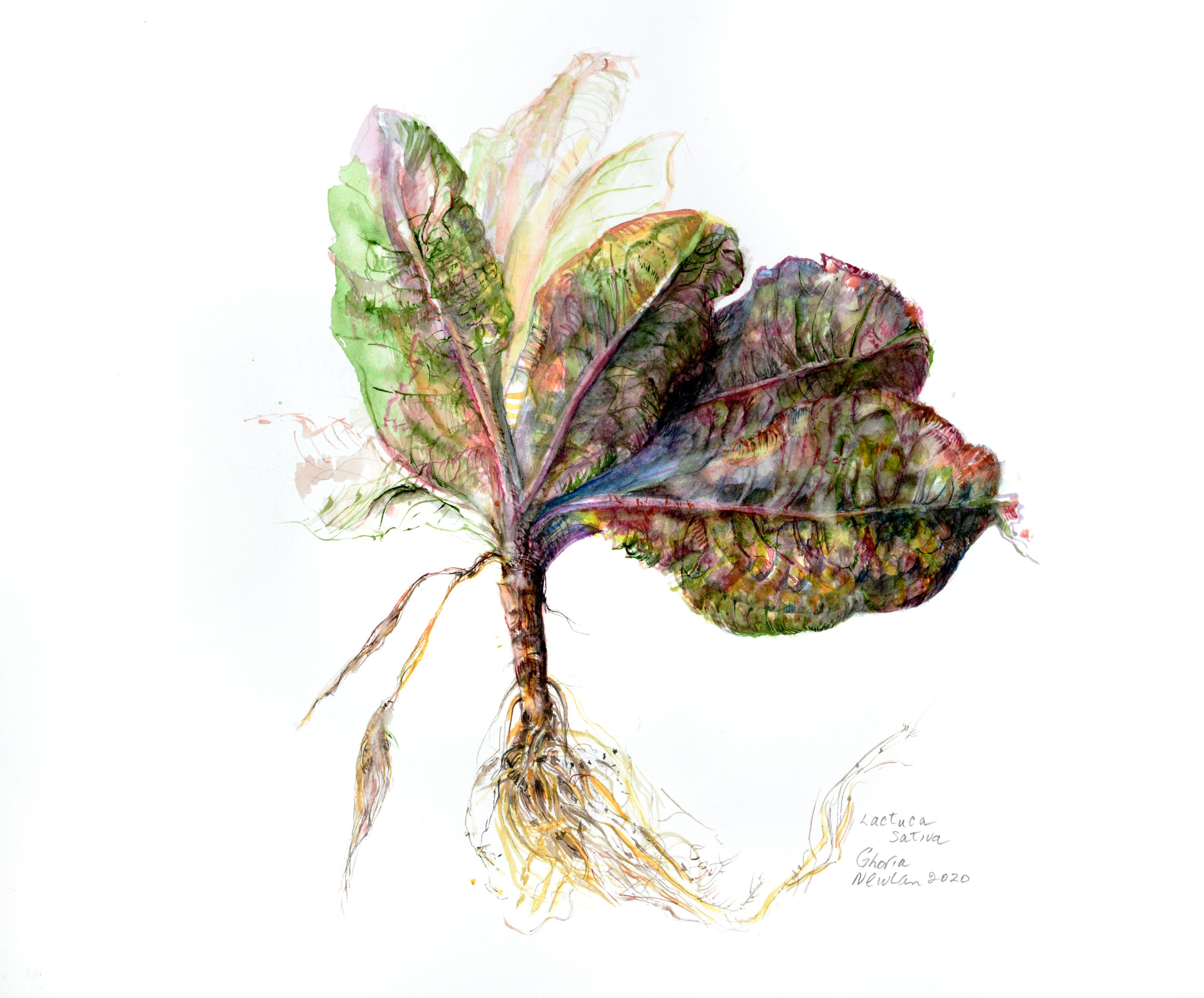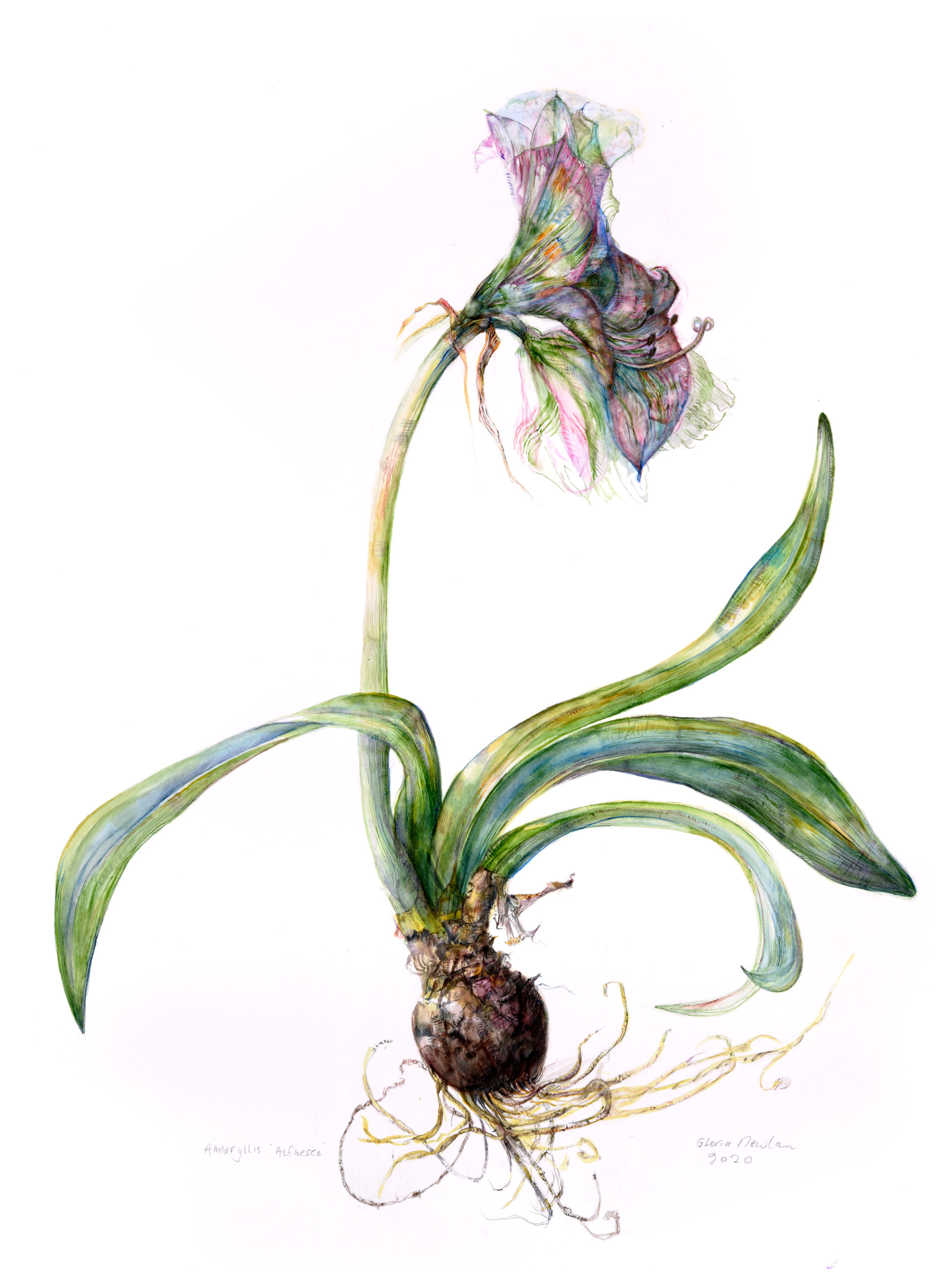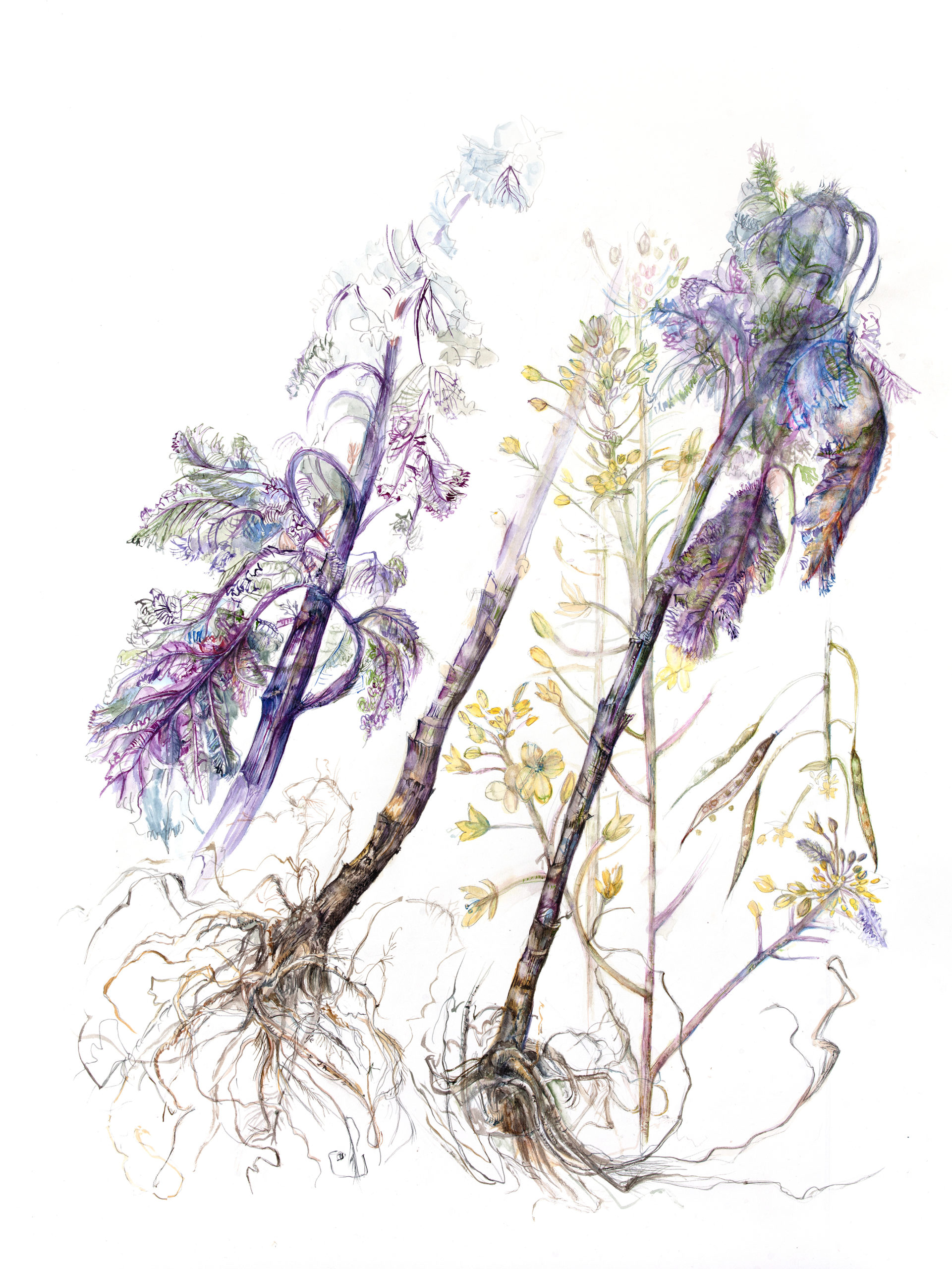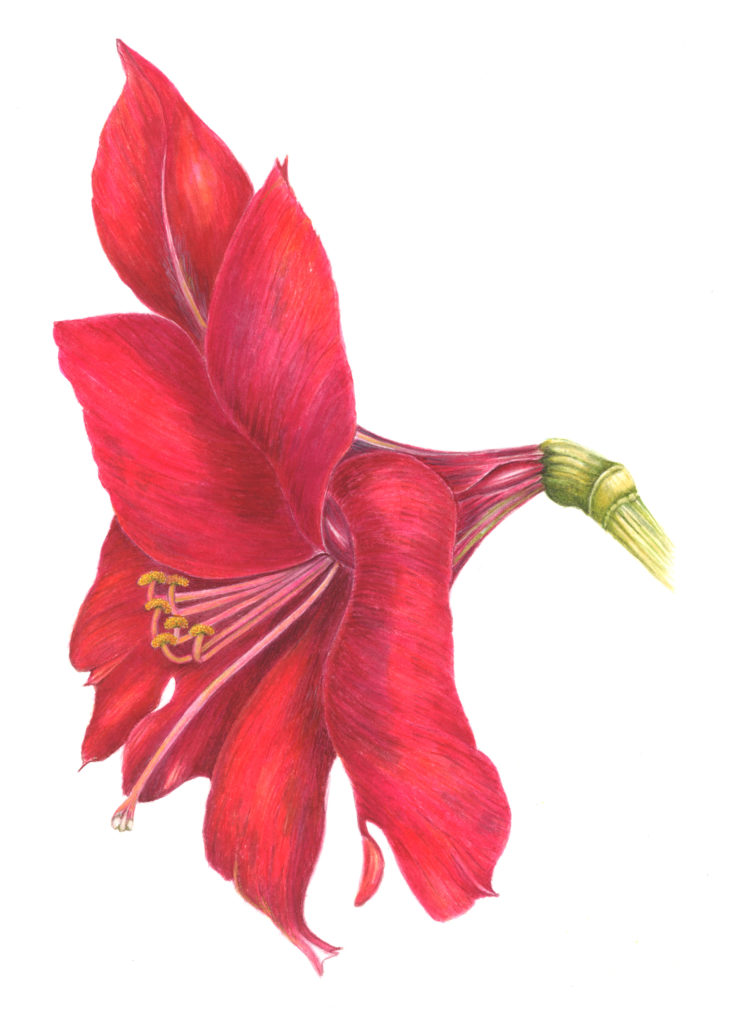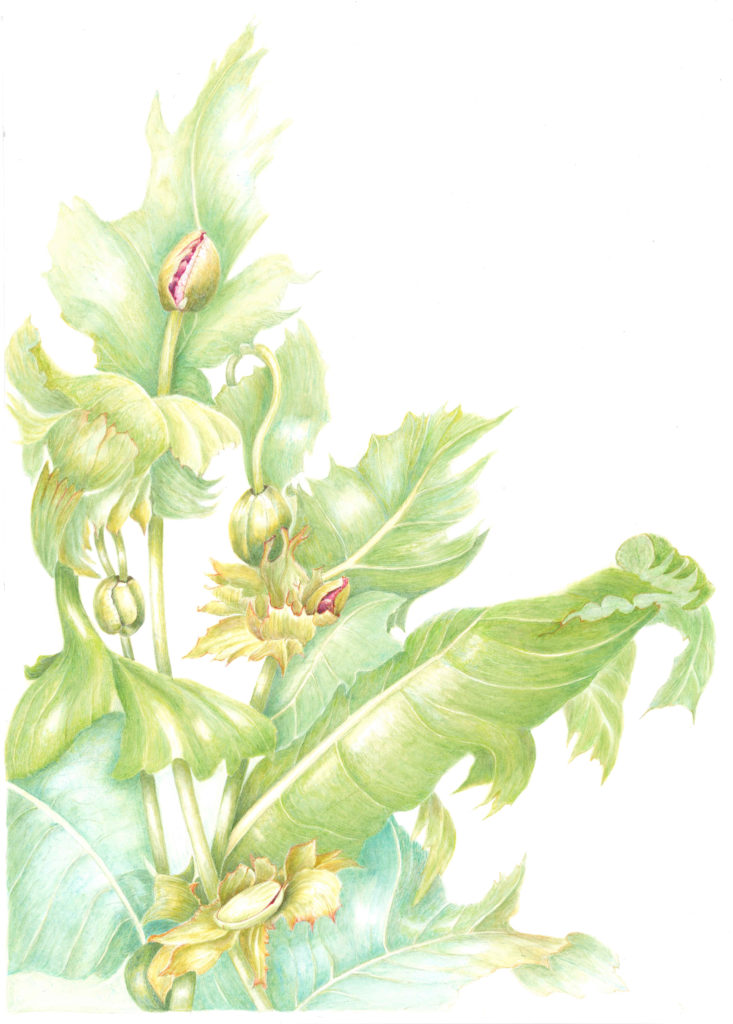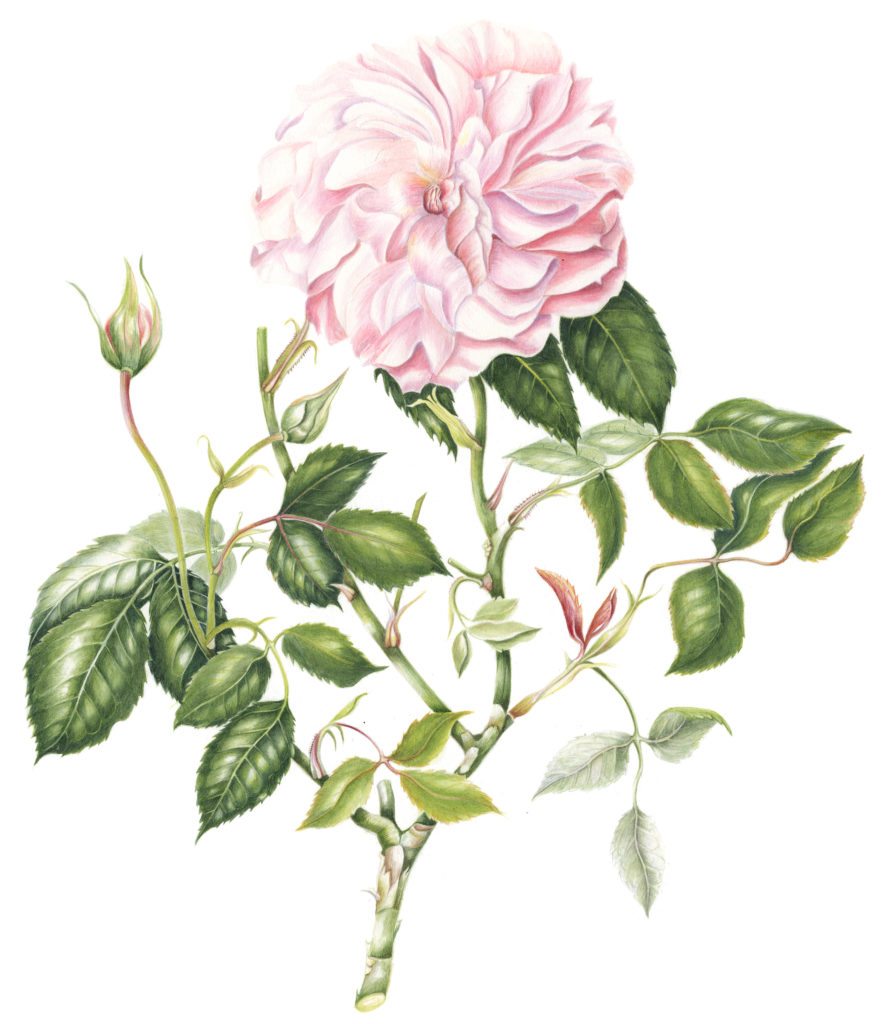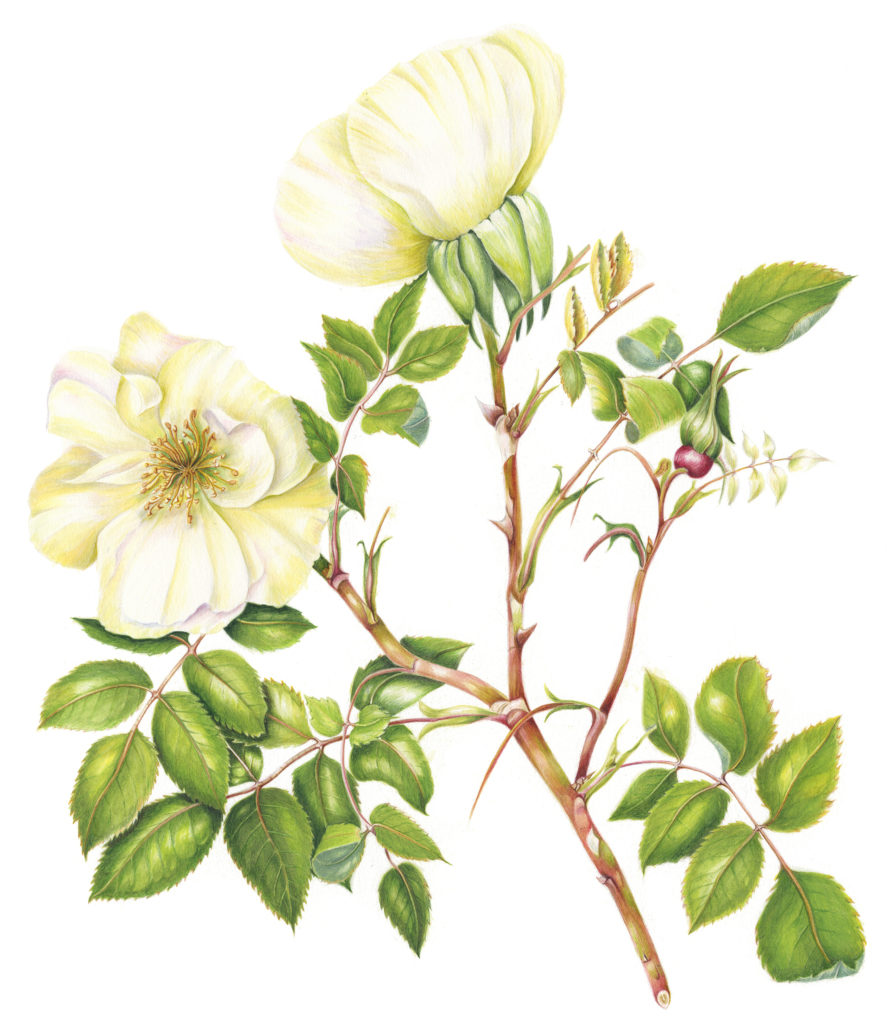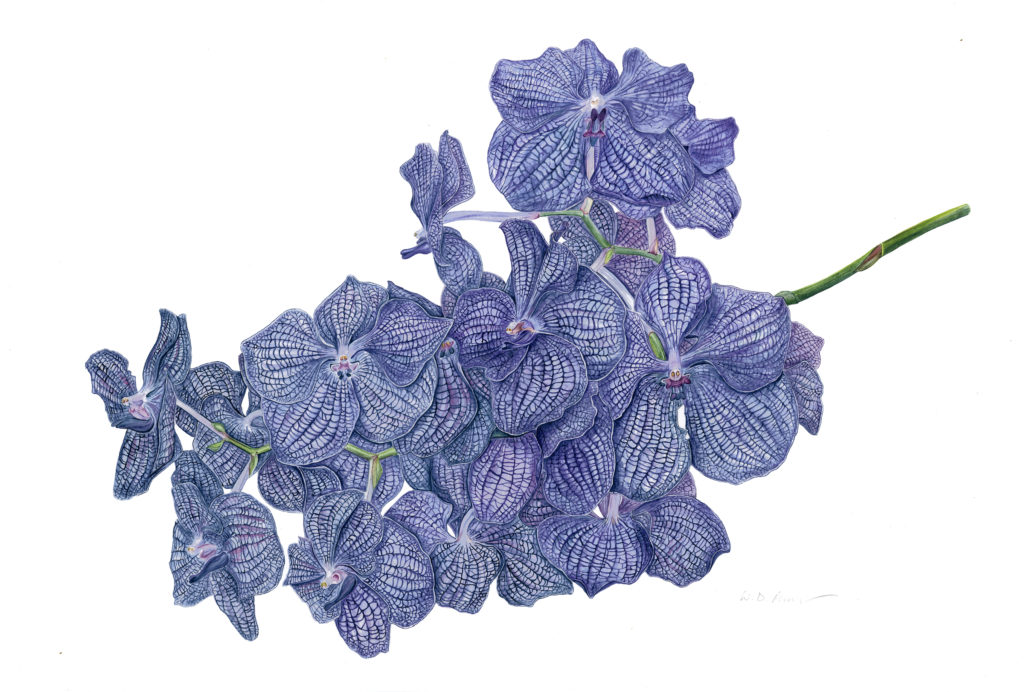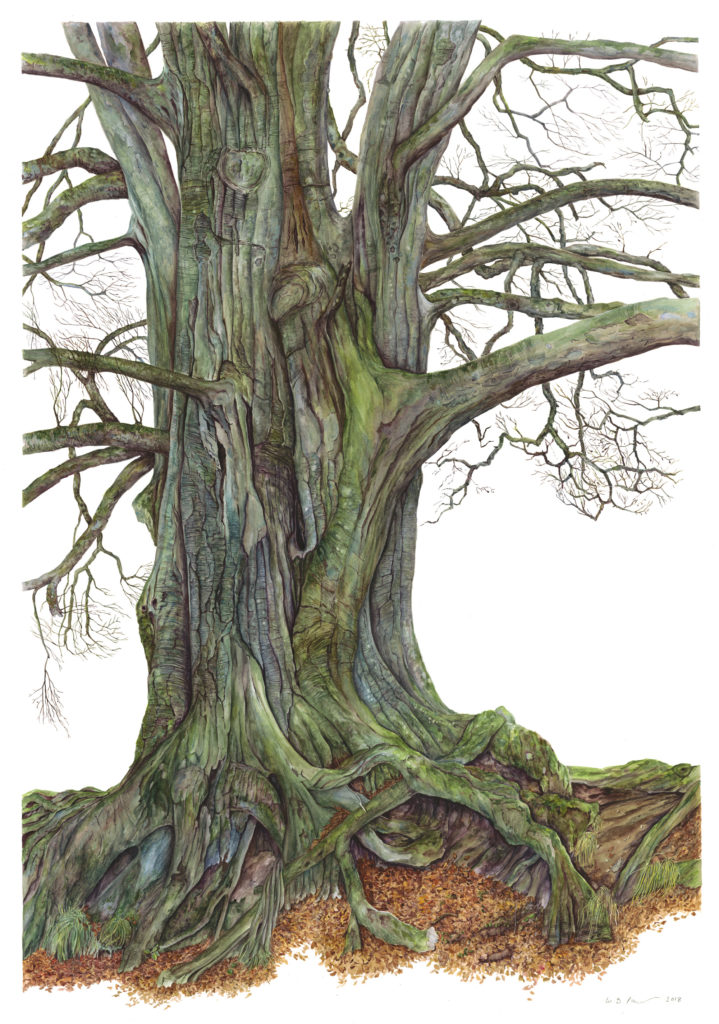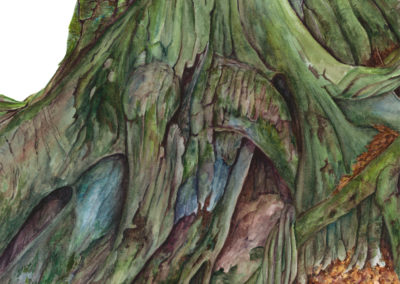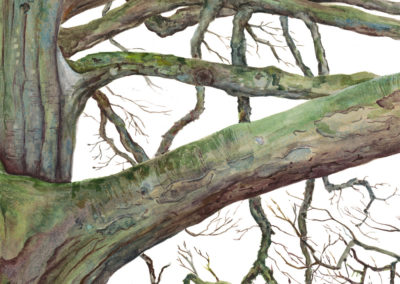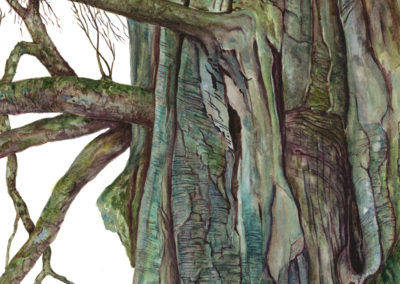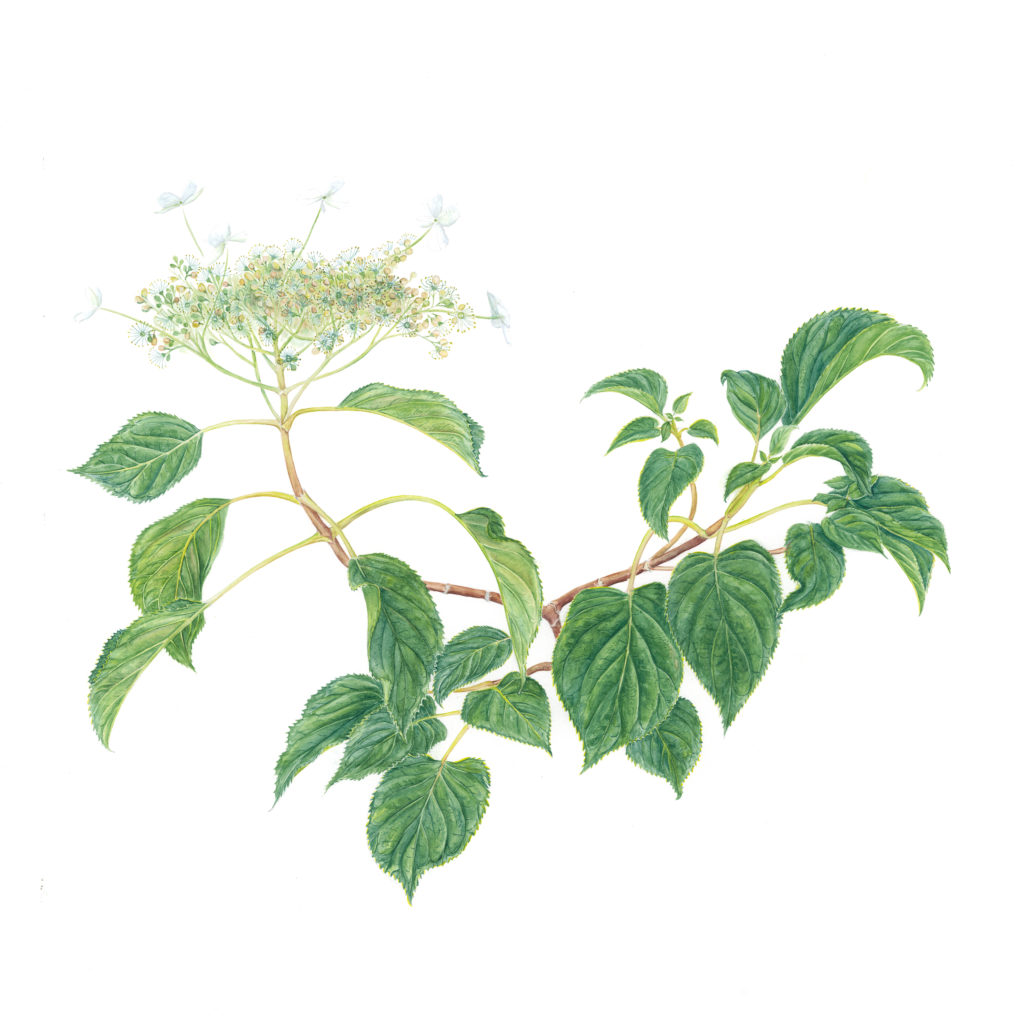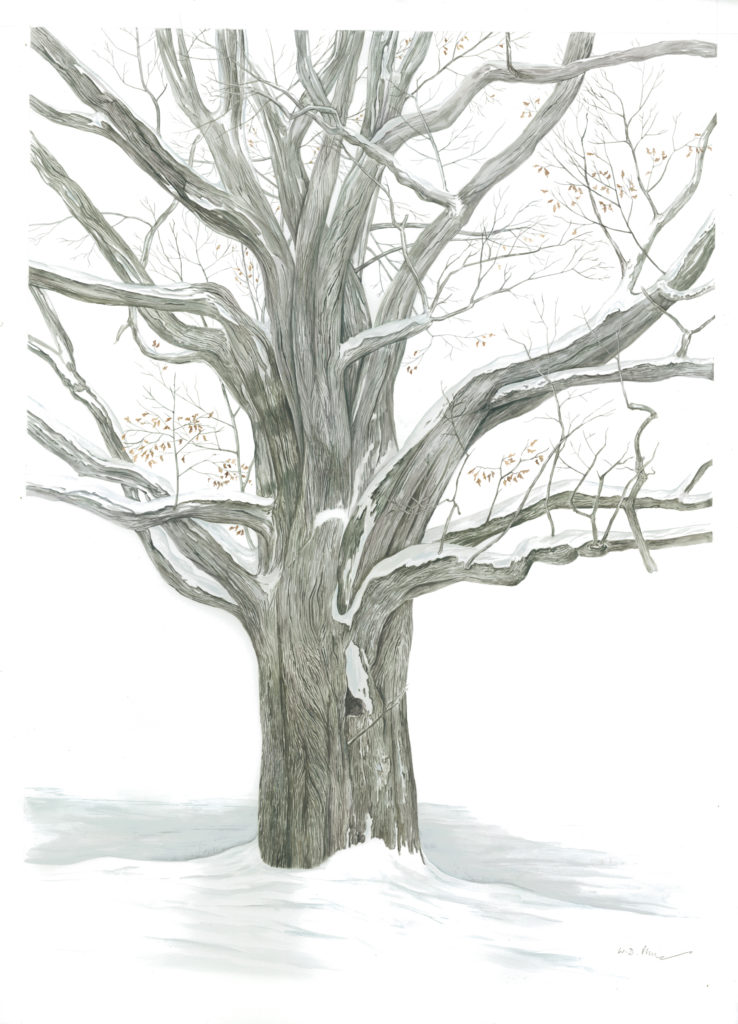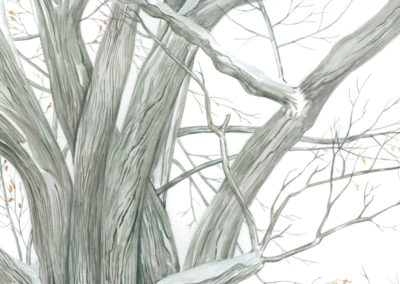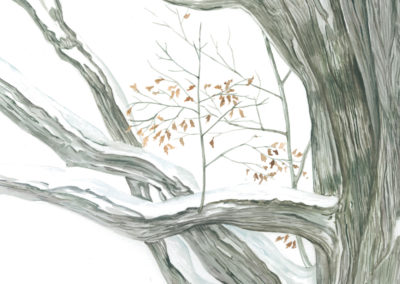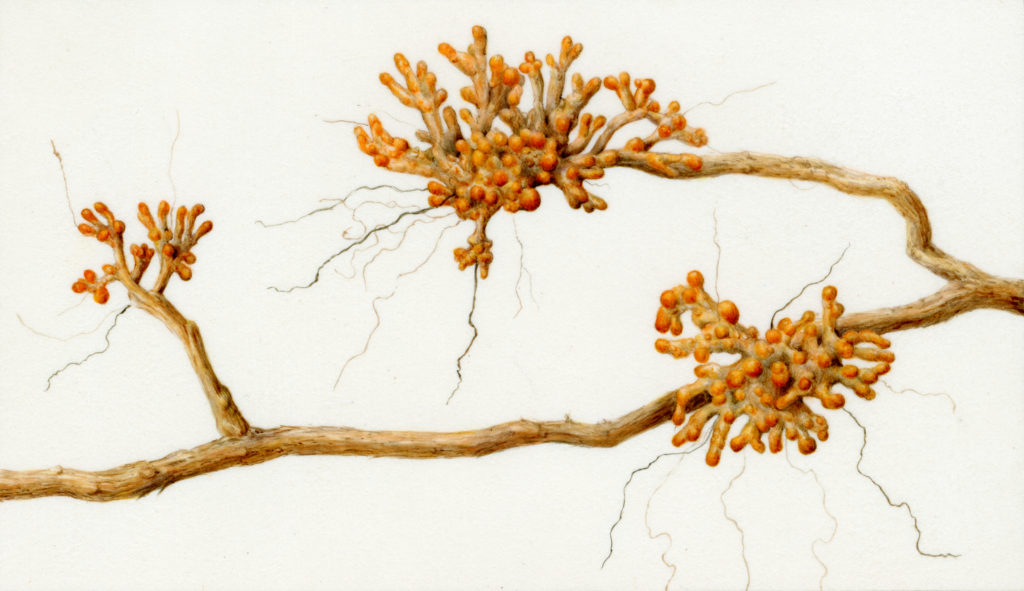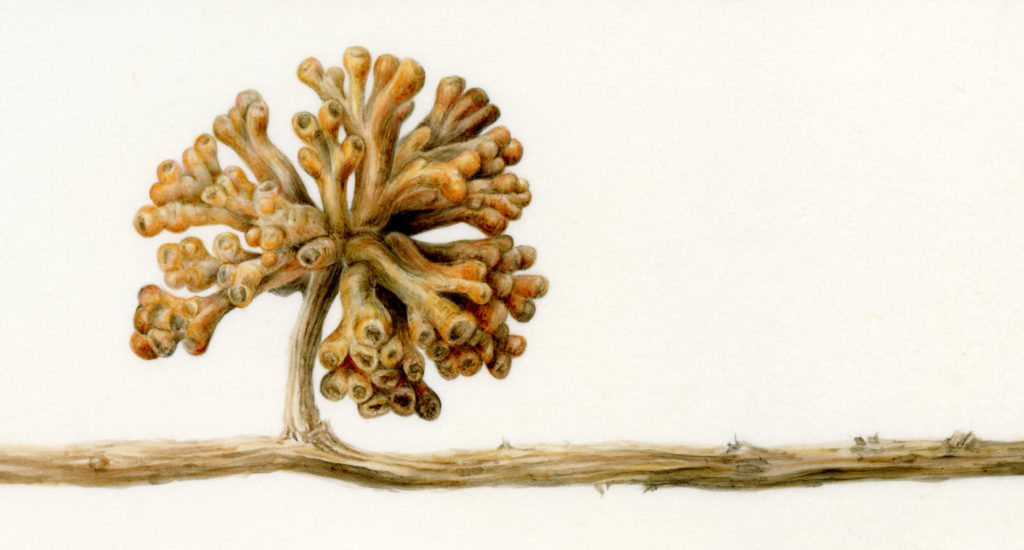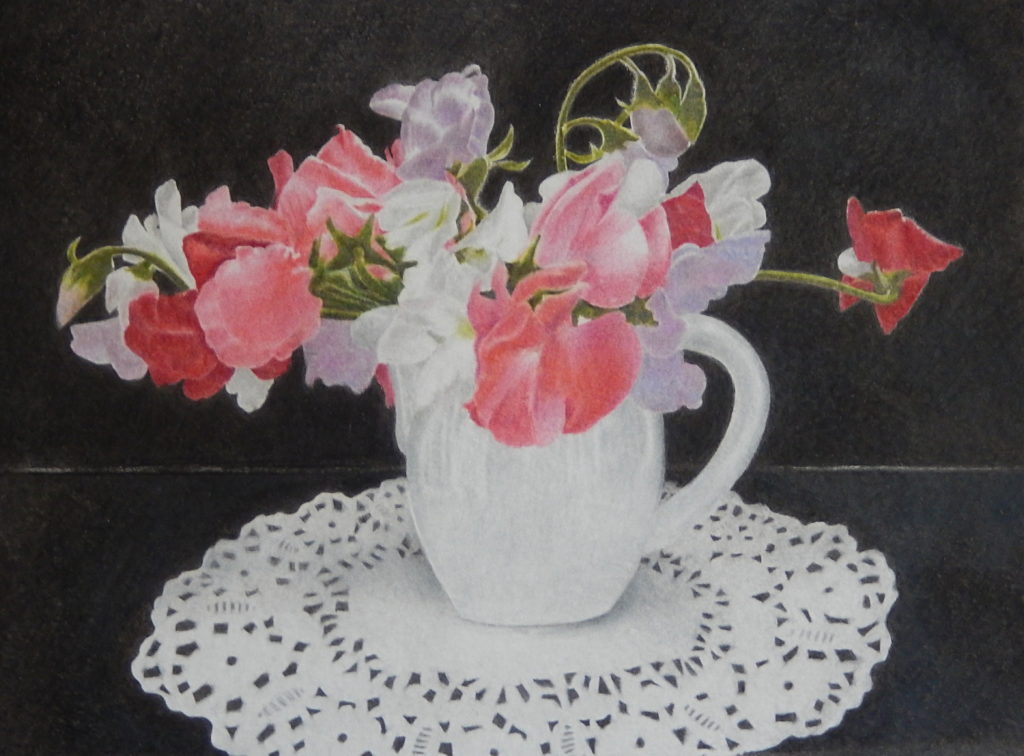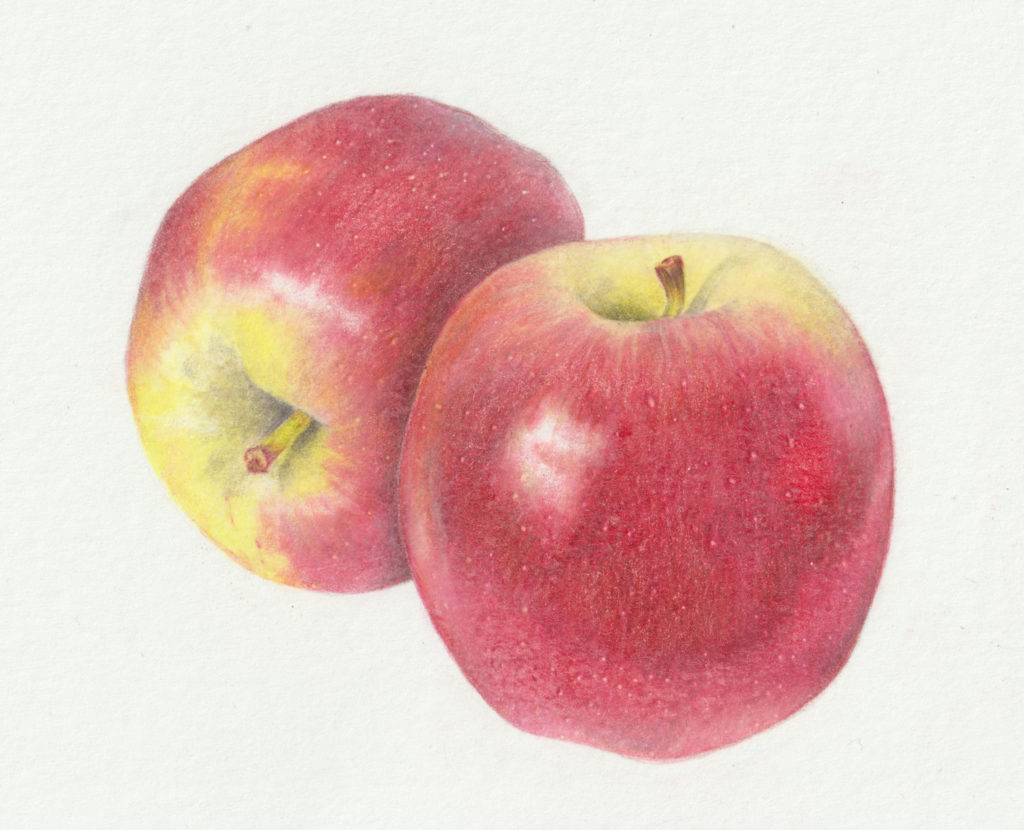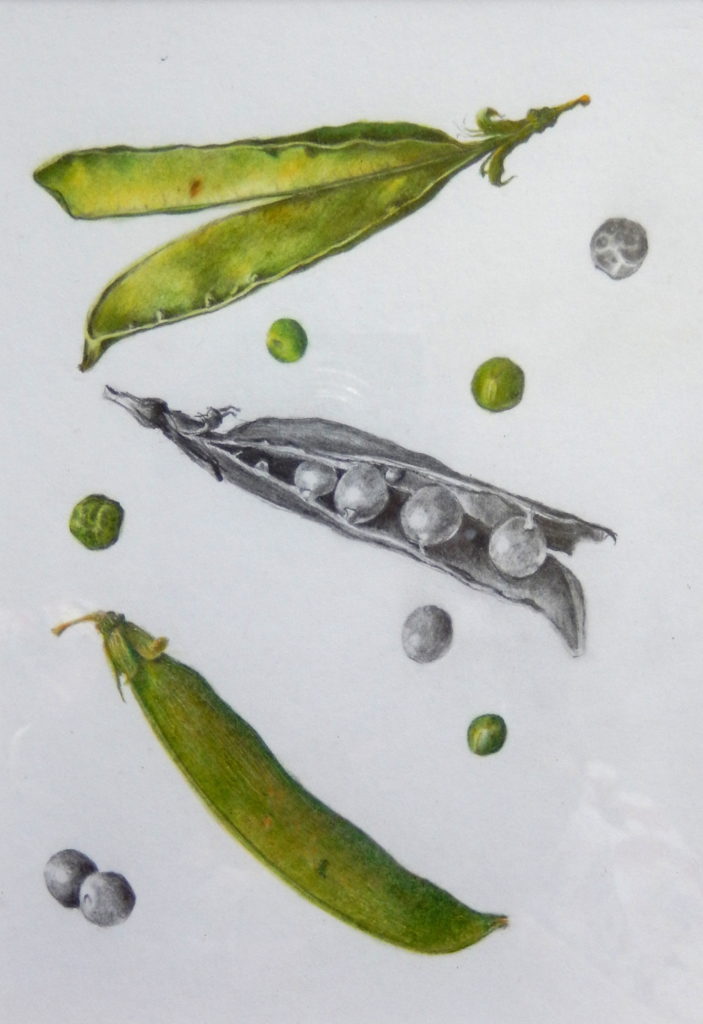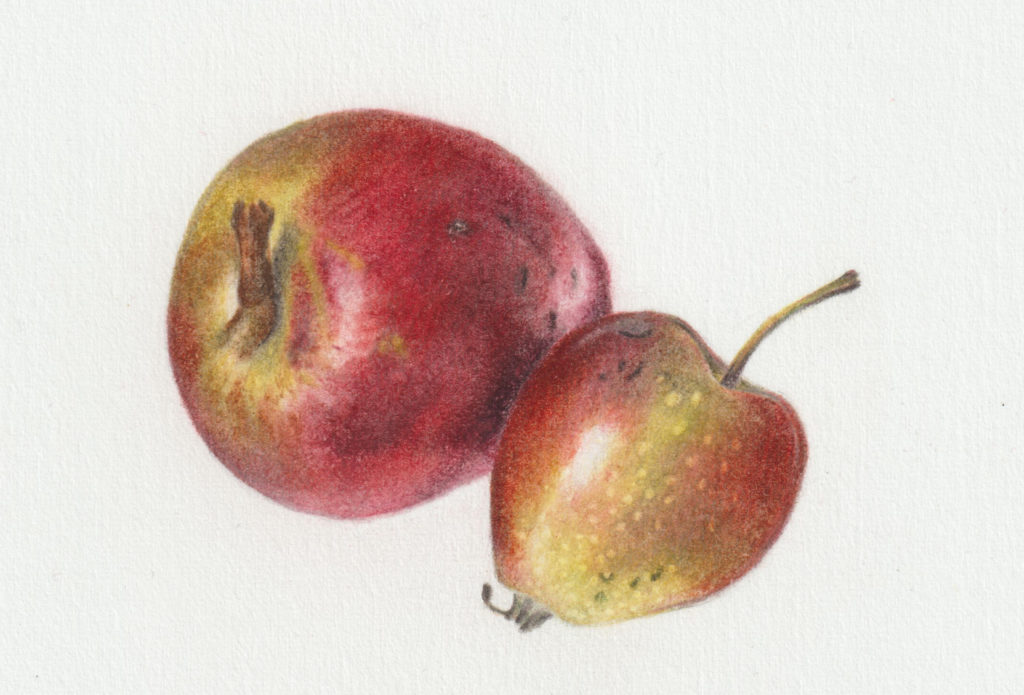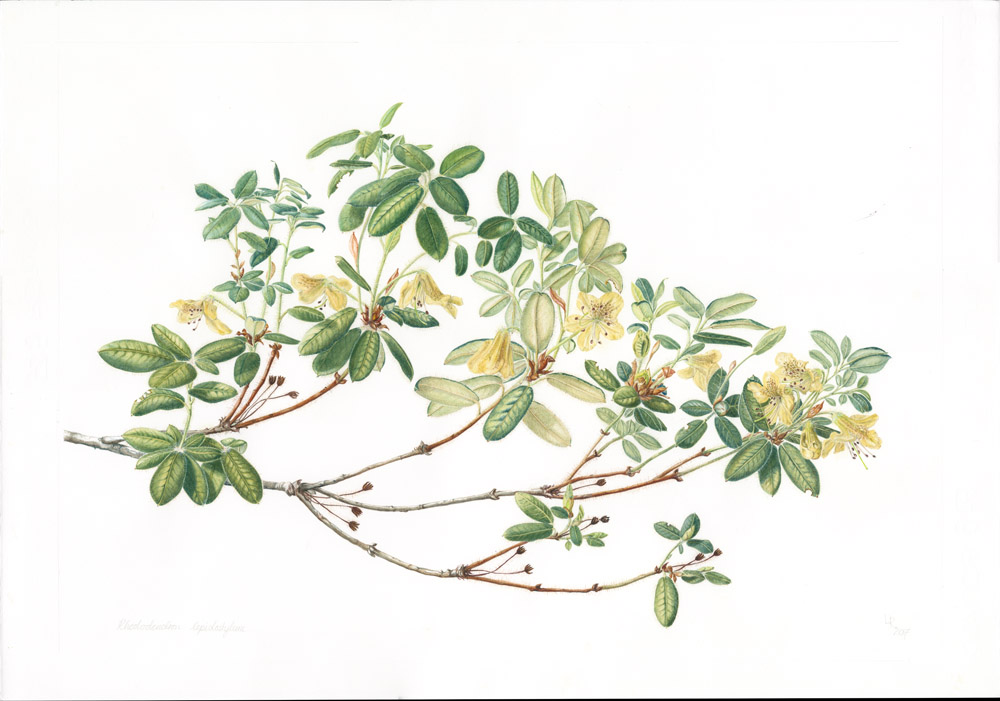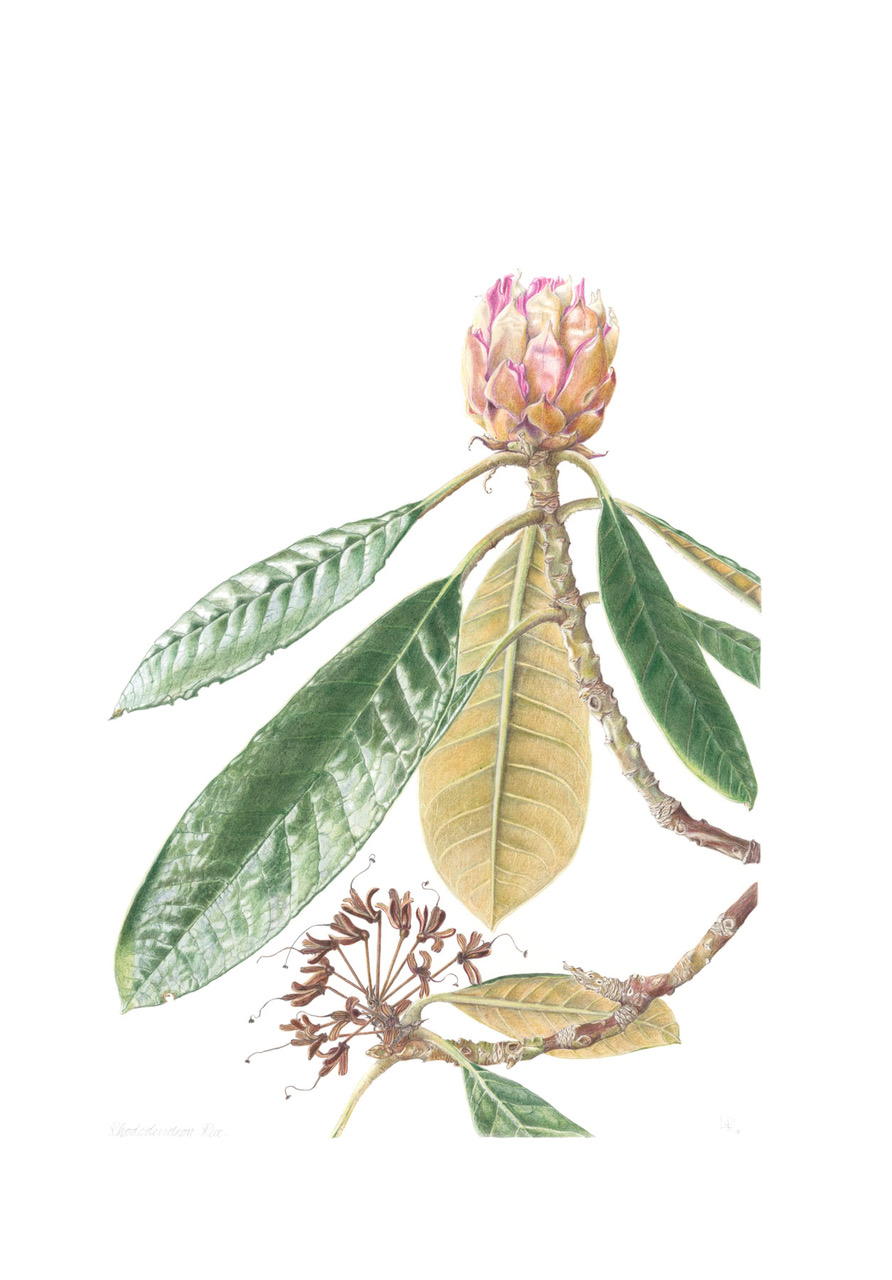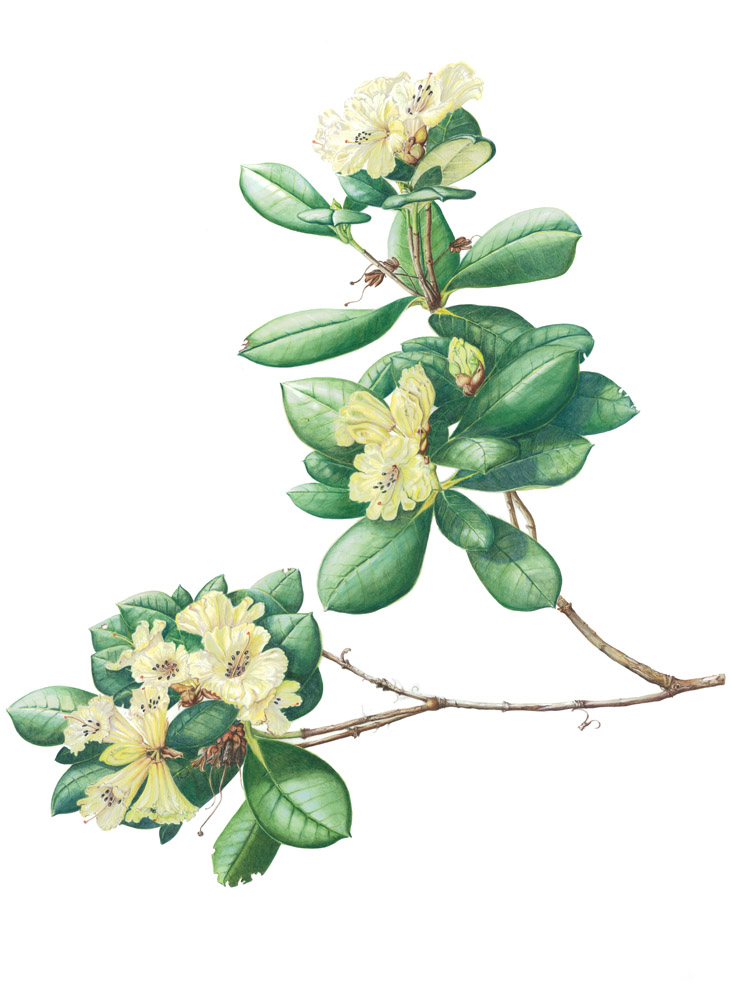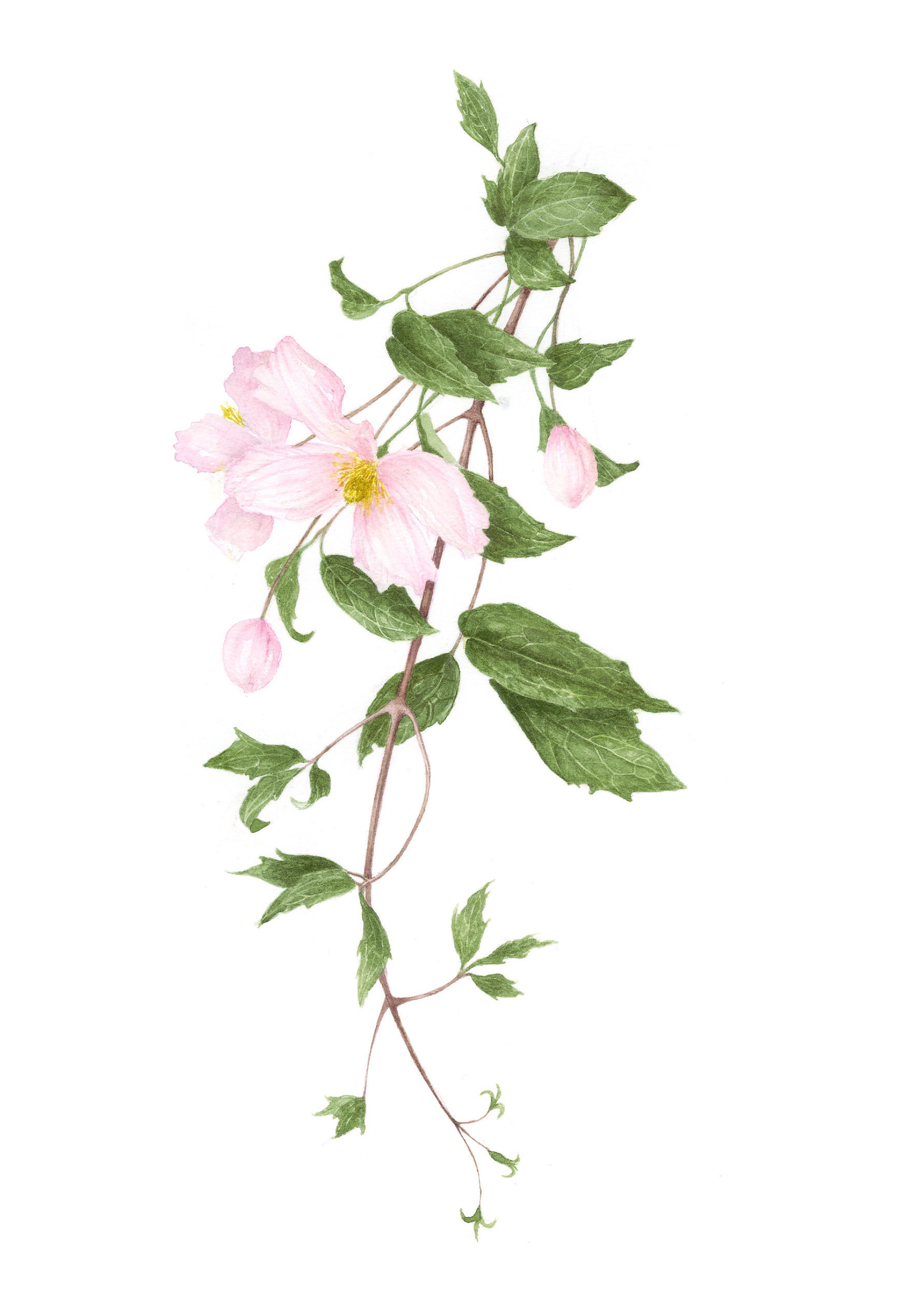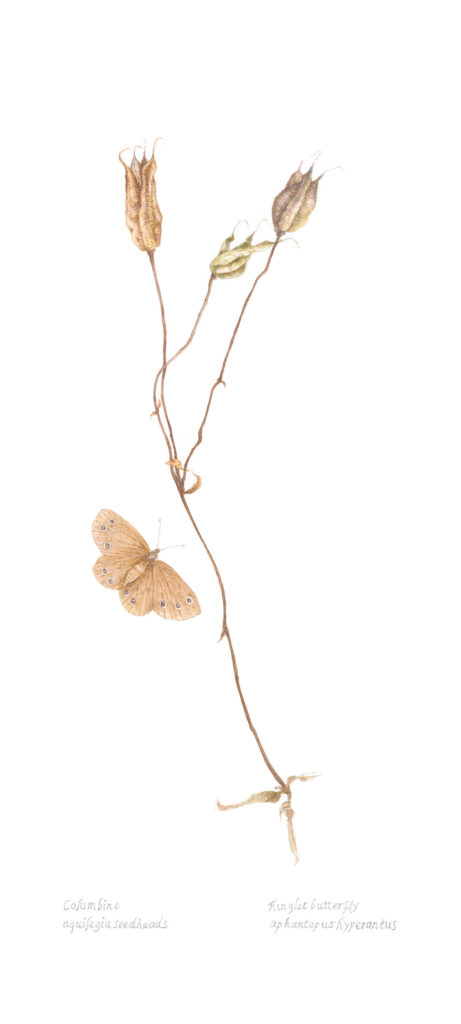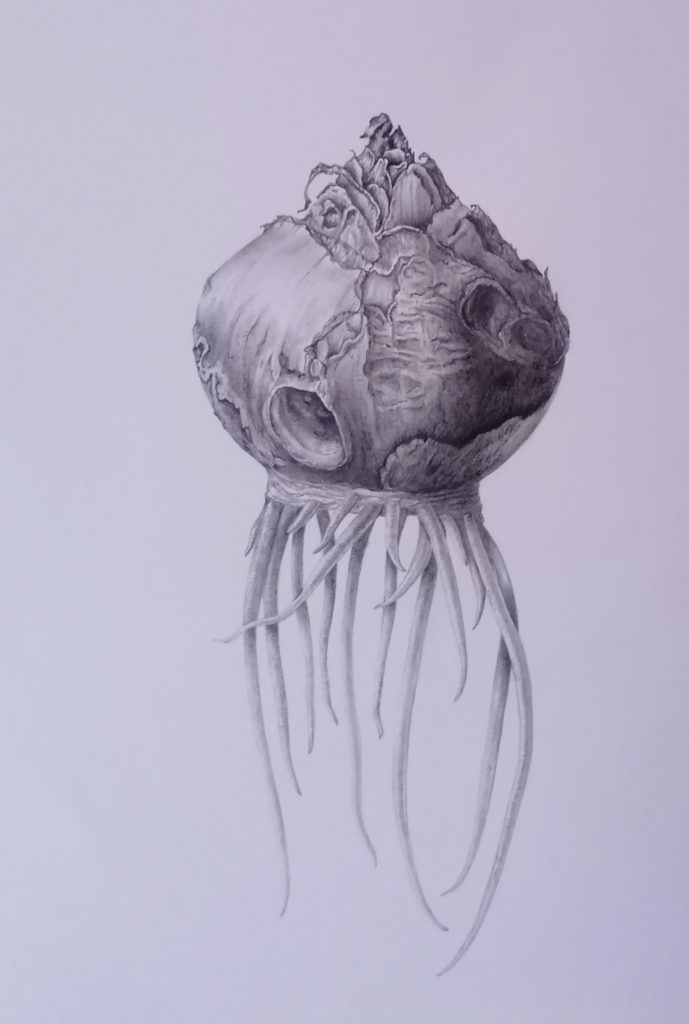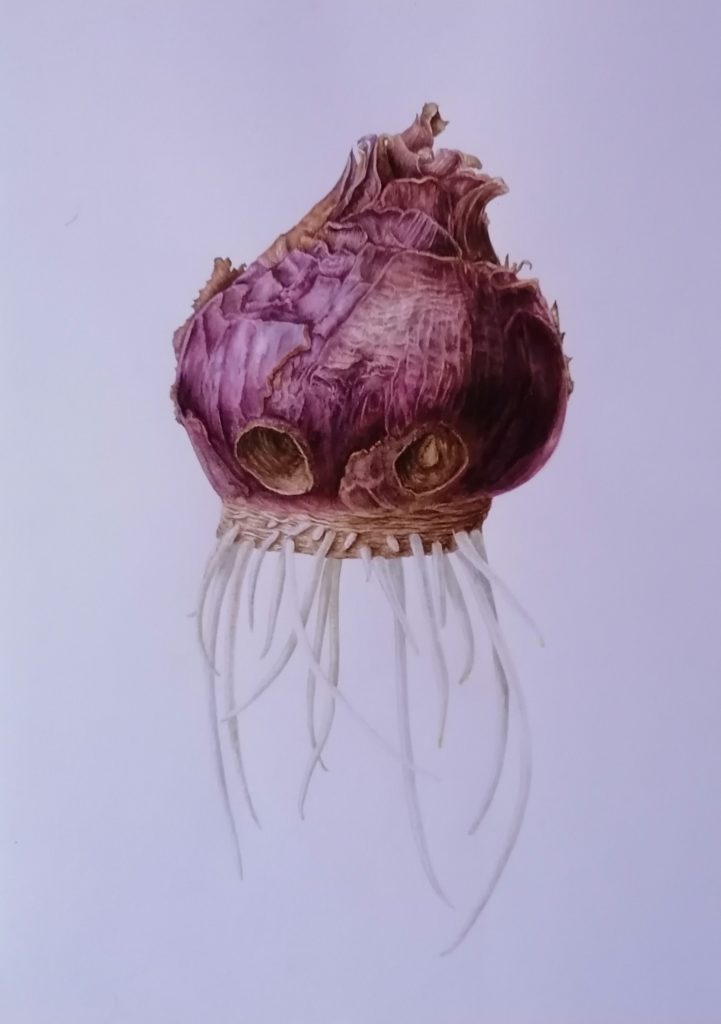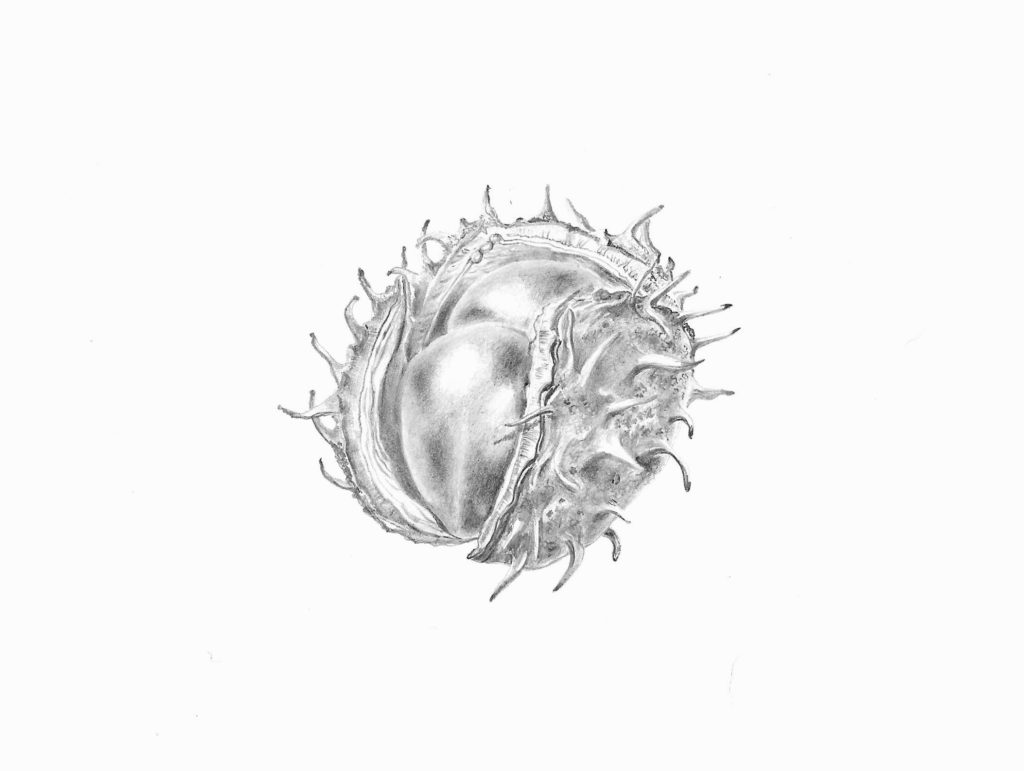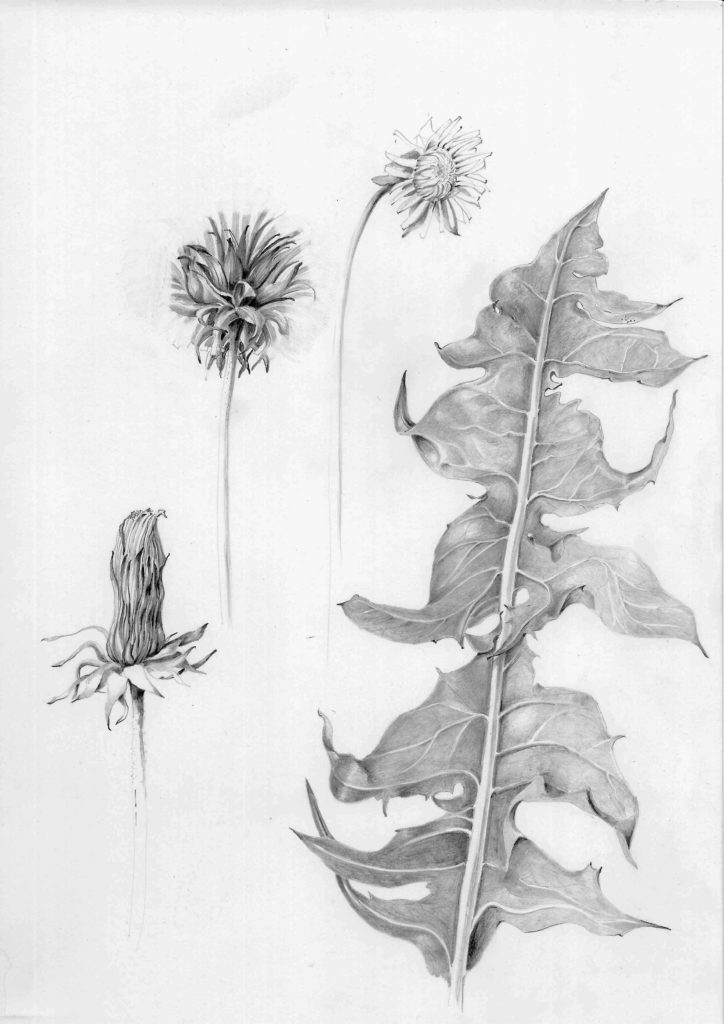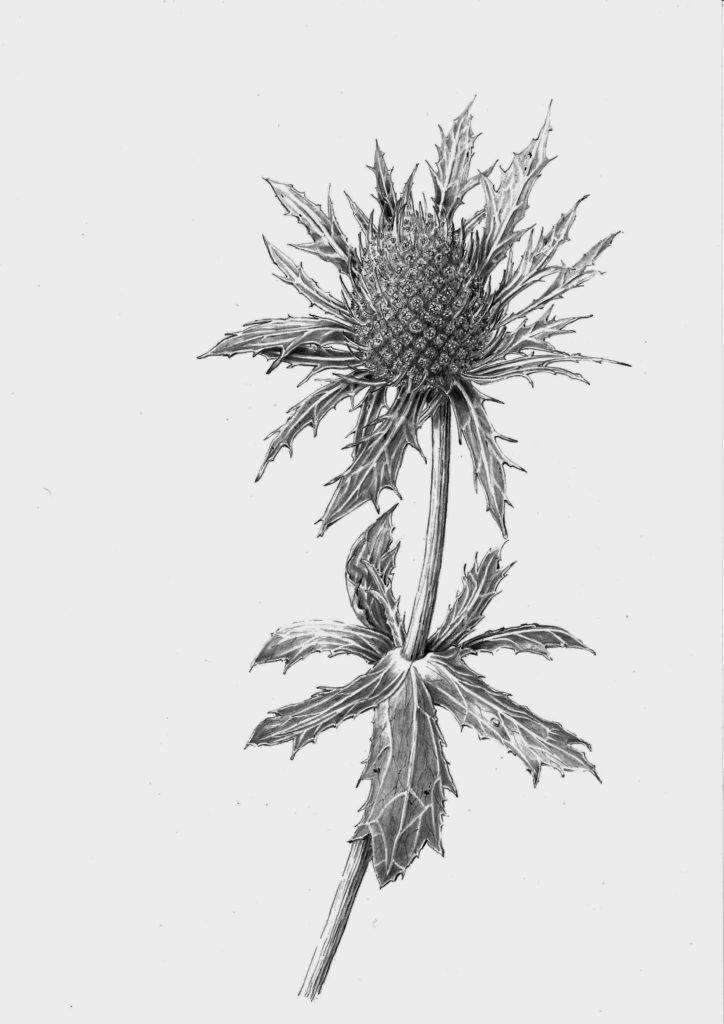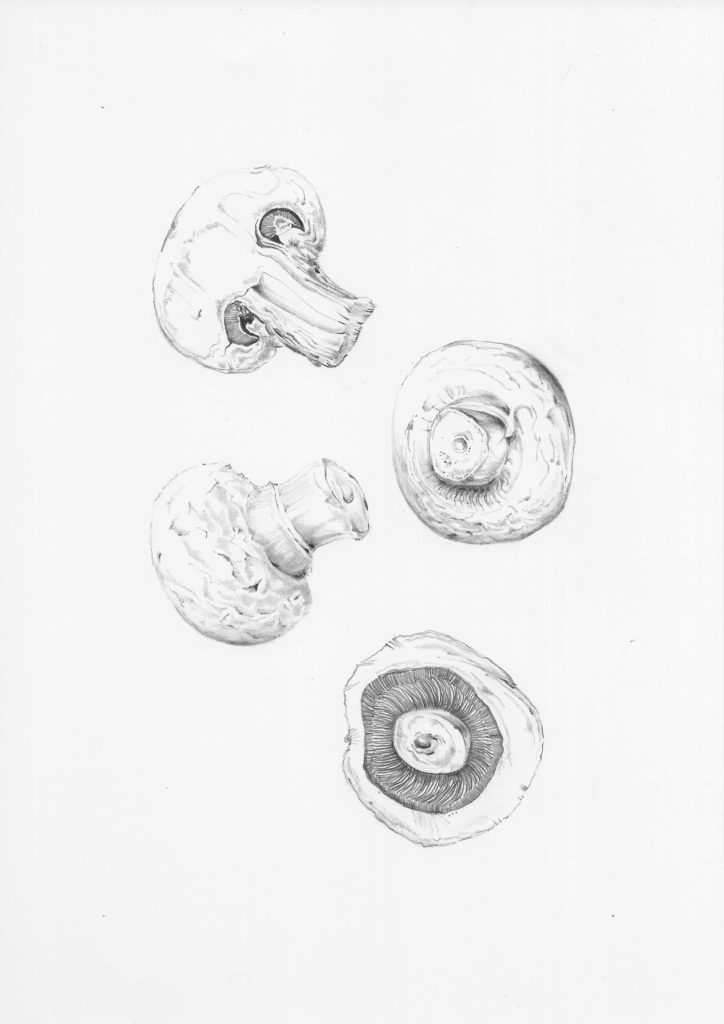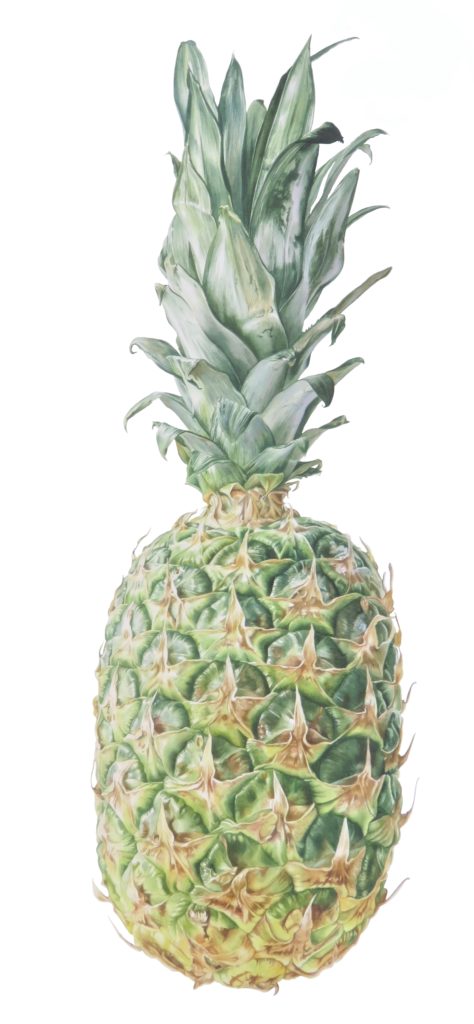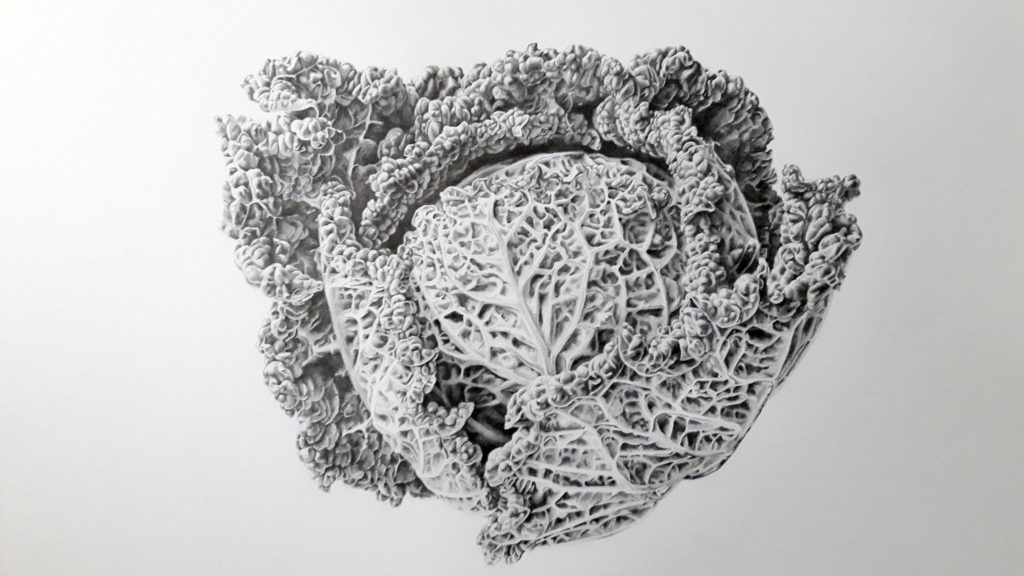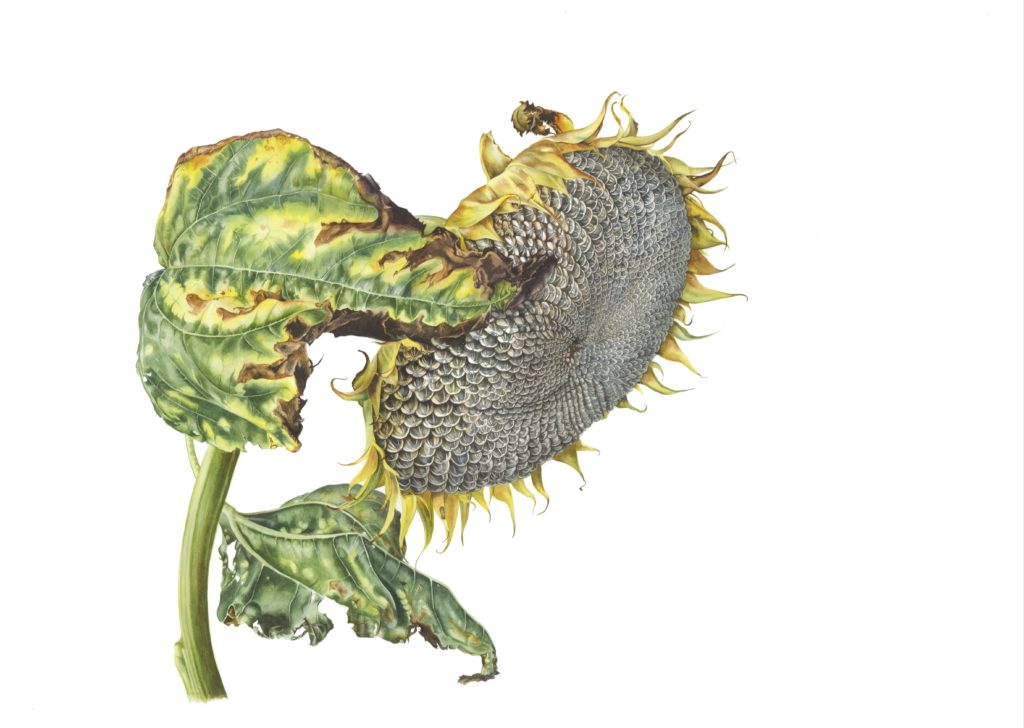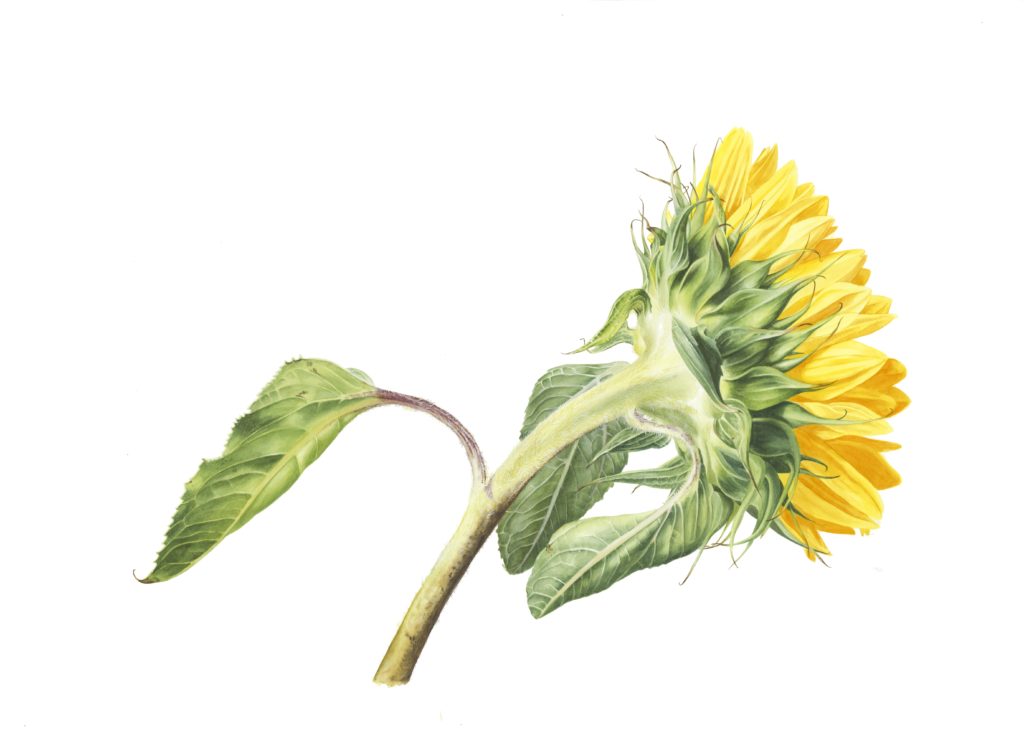Welcome to 'Something to Celebrate' ESBA's 10th Annual Exhibition
This is our second online exhibition featuring some of the work undertaken by ESBA artists. This exhibition runs alongside our physical exhibition at Dundas Street Gallery, in Edinburgh.
At Dundas Street, the exhibition runs from the 30th March to 6th April 2022.
Opening times: 10am - 5pm, 30th March - 5th April, 10am - 12pm, 6th April.
The online exhibition will run until the end of April.
If you are interested in buying a piece, please click on the email link to contact the artist directly or pop into the gallery.
Jeff Banks | Lyn Campbell | Jean Craig | Karyn Dalrymple | Gail Finlayson | Jenny Haslimeier | Marianne Hazlewood | Sandra Klaassen | Jessica Langford | Nicola Macartney | Louise Meny | Jan Miller | Gloria Newlan | Bill Phillips | Babz Runcie | Sandra Russell | Alexa Scott Plummer | Elizabeth Scott |
Jenny Haslimeier
I am an award winning botanical artist, originally from New Zealand. I moved to Edinburgh in 2006 and currently split my time between both countries. I love to travel and take inspiration from the places I have visited around the world.
Cyathea medullaris (Black Tree Ferns) Limited Edition Print![]() H 46 cm x W 34 cm, framed (black frame): £150 (Ink Pen)
H 46 cm x W 34 cm, framed (black frame): £150 (Ink Pen)
A3 prints and greeting cards available via my website:
Prints (£80): www.jennyhaslimeier.com
Greeting cards (£2.75): www.jennyhaslimeier.com
Pine Cone Limited Edition Print![]() H 46 cm x W 34 cm, framed (black frame): £150 (Ink Pen)
H 46 cm x W 34 cm, framed (black frame): £150 (Ink Pen)
A4, A3 prints and greeting cards available via my website:
Prints (from £40): www.jennyhaslimeier.com
Greeting cards (£2.75): www.jennyhaslimeier.com
Clianthus puniceus (Kakabeak)![]() H 61 cm x W 50 cm, framed (natural wood frame). Original: £750.00 (Watercolour)
H 61 cm x W 50 cm, framed (natural wood frame). Original: £750.00 (Watercolour)
A3 prints and greeting cards available via my website:
Prints (£70): www.jennyhaslimeier.com
Greeting cards (£2.75): www.jennyhaslimeier.com
Dipsacus fullonum (Teasel) Limited Edition Print![]() H 46 cm x W 34 cm, framed (black frame): £150 (Ink Pen)
H 46 cm x W 34 cm, framed (black frame): £150 (Ink Pen)
A4, A3 prints and greeting cards available via my website:
Prints (from £40): www.jennyhaslimeier.com
Greeting cards (£2.75): www.jennyhaslimeier.com
Marianne Hazlewood
I spent 2020 working on a new series of screen prints and creating new ink shoot pieces.
I grew a number of Arisaema in pots and eagerly waited for them to pop their shoots so that I could see what I was going to be able to illustrate. I am absolutely in love with Japanese ink paste and the effects that I can get with it depicting the silhouettes and patterns, and really relish the moments when I see my plants in a captivating shape that I think will work for this series.
I worked on this screen print series at Edinburgh Printmakers using ink shoot illustrations that I had previously worked on and developing them over the winter. I really enjoyed the process of reduction of the monotone ink drawing further and then introducing block colour and geometry to the design through the various plates.
w www.mariannehazlewood.co.uk
i @mariannehazlewood
Sandra Klaassen
<< Back
Sandra Klaassen is a graduate of the Royal Academy of Art and Design (The Netherlands). She is an established and published illustrator of Children’s Books. Sandra has turned much of her attention towards botanical illustrating and obtained her Diploma at the RBGE in 2018.
w www.sandraklaassen.net
e sandraklaassenillustraties@gmail.com
i @sandraklaassenillustraties
Typha latifolia, Greater Reedmace![]() H 100 x W 70 cm, watercolour original unframed: £950
H 100 x W 70 cm, watercolour original unframed: £950
Family: Typhaceae
The plant is 1.5 to 3 metres (5 to 10 feet)
T. latifolia is a wetland species
I love bold monumental plants. Not only the flowering part but especially the stage after flowering, when the plant starts producing its seeds for ‘new growth’.
Thypha latifolia is a plant everybody is familiar with. You take them for granted when walking in wetland. But having a close look at these ‘brown cigars’ you’ll see how beautiful this plant is. The brown (female) spikes feel soft as velvet. When the spikes burst open they spread the tiny seeds in huge quantities. One morning when I entered my studio several spikes had opened during the night…. It took me hours to gather all the clouds of seeds!
Passiflora caerulea, Blue passionflower or common passionflower![]() H 36 x W 30 cm, watercolour original, unframed: £300
H 36 x W 30 cm, watercolour original, unframed: £300
It is difficult to ignore the Passionflower when it’s growing in your garden. (Well, it’s my neighbours actually but I benefit from it). The flowers are so exotic and spectacular. All parts of the plant are interesting and it makes the plant very decorative. Ideal for a drawing. I started sketching and making studies of the different parts to get familiar with the plant. I had no set plan yet which part I was going to paint.
One day I discovered green and orange ‘balls’ between the green leaves: the fruit! Absolutely beautiful. I decided to go for a painting of a single fruit. I love to make sketches and studies. Quite often I use coloured pencils as well in my sketches but for a final painting I always use watercolours. I’m more comfortable with watercolours. It was not easy to capture the texture of the fruit. It doesn’t have a shiny skin with highlights. In this stage the fruit is getting a bit overripe and it has a pretty soft foamy skin. The orange colour is still vibrant though. By the time I started my painting the fruit was all gone. I had to draw from the photographs I had taken.
Jessica Langford
<< Back
I live in Buchlyvie, a small village in Stirlingshire. The surrounding hedgerows and my garden provide a wealth of inspiration. This year I have enjoyed drawing and painting seed heads. The diversity of their sculptural shapes so different from their flowers never fails to amaze me. You can find information about my paintings, botanical school projects and contact details here
Large and small Giclée prints and cards are available of all my paintings.
Honesty Lunaria annum![]() H 32 x W 30 cm, watercolour original: NFS
H 32 x W 30 cm, watercolour original: NFS
Mounted Giclée Prints H30 x W28cm £50.00
Cards £3.00
I love the brilliant colours of Honesty seed heads that change from vibrant greens through pinks and purples before becoming white like ‘little moons’. Their delicate membranes are almost transparent, so the seeds inside are silhouetted against the light. Autumn 2020.
Mistletoe Viscum album![]() H 29 x W 33 cm, pen and ink framed: £300
H 29 x W 33 cm, pen and ink framed: £300
Mounted Giclée prints H 27 x W 30 cm. £40
Hand coloured cards, £3.50
My father was a cider maker in Herefordshire, I found this mistletoe in the orchard behind his house. Mistletoe is hemiparasitic and thrives on apple trees. I was fascinated by its structure of geometric patterns and fragile white veins inside the berries. November 2020.
Poppy Seed heads, Family Papaveraceae
Opium Poppy Papaver somniferum, Himalayan Poppy Meconopsis baileyi, Common Poppy Papaver rhoeas, Welsh Poppy Meconopsis cambrica, Rough Poppy Papaver hybridum.![]() H 42 x W 50 cm, pen and ink framed: £450
H 42 x W 50 cm, pen and ink framed: £450
Mounted Giclée prints H 40 x W 48 cm: £65
smaller H 30 x W 42 cm: £50
Cards of Opium and Himalayan Poppy heads: £3.00
I really enjoyed drawing these seed heads, all the same family, but such different characters, talking heads waiting in a queue!
Yellow Iris Iris pseudacorus![]() H 62 x W 52 cm, watercolour original framed: £1,000
H 62 x W 52 cm, watercolour original framed: £1,000
Mounted Giclée Prints H 62 x W 50 cm: £80
Smaller prints H 56 x W 46 cm: £60
Cards: £3.00
I loved the sense of movement in these seed heads, their vibrant yellow flowers were over, but they were still dancing. Buchlyvie Wildlife Garden pond, October 2019.
Nicola Macartney
My website address is: www.nicolamacartney.com and for other contact details: linktr.ee/NicolaMacartney gives links to my website, Facebook and Instagram.
Mhorag McDowall
Louise Meny
Hi I am artist and printmaker Louise Meny. Since graduating from Edinburgh College of Art in 2002 I have been producing screenprints and etchings inspired by landscapes, birds and more recently floral images.
I have always had an interest in botanical illustration and in 2016 I took the opportunity of realising my dream of learning the skills and techniques of botanical illustration by doing the certificate course at Royal Botanic Garden Edinburgh. I loved this course and learning the skills so I progressed on to the diploma in botanical illustration course. I graduated with distinction in 2019. The course has shown me the details that are around us in nature and how I can convey these in my art. I am particularly interested in showing dissections in my work. As I look to develop my skills I am exploring drawing and painting different plants. I am drawn to interesting flowers and seed pods. I am now beginning to broaden my subject matter to include birds, butterflies, bees and ladybirds. I hope this will add another side to my work.
Jan Miller
I am working on a series of watercolour paintings of wild plants that live in or near water in Perthshire. The first three in the series are presented here. Caltha palustris (Marsh Marigold) can usually be found in or on the banks of streams in April followed in summer by the flowers of Mentha aquatica (Water Mint). Salix caprea (Goat Willow) can often be found near water and is known for its Spring catkins.
Kathy Munro
Art always interested me and had been a hobby throughout my working life. ‘Doodling’ at meetings and paintings flowers when on holiday was the extent of my active participation until 2008.
I first started botanical art at an evening class at RBGE in 2008/9, with Alicia Salazar who helped me to produce a respectable watercolour painting of the black tipped bud of a branch from Fraxinus excelsior – the ash tree. Realising that I had a long way to go to learn how to draw plants and then use watercolours to paint flowers, I returned in 2011/12 to undertake two further courses in the evenings with Sharon Bradley and a day class with Louise Olley and Alicia. I was then encouraged to enrol on the Diploma in Botanical Illustration programme and I started in September 2012. In 2013 I produced a much better painting of Fraxinus excelsior that was included in the 2018 Flora Scotia exhibition at RBGE and included in the ‘Scottish Plant Lore’ book published by RBGE [Kenicer 2018].
In 2014 I successfully completed the Diploma, choosing to focus on plants introduced by plant hunters and brought from China to the RBGE Edinburgh. They are popular plants and many are found in our gardens. Ensuring that plants were available for painting also helped me to develop my horticultural skills and ability to nurture plants in my garden. I use specimens from the garden to paint because I use a live plant to ensure that the drawing, composition and colour are true to the natural growth and development of the plant. The plants inspire me and provide so many subjects to paint.
I try to paint steadily, not fast, as it takes time to focus on the specimen and then capture that detail on paper. Some of my paintings can been seen on the SSBA website www.thessba.org or my Face Book page: Kathy Munro Botanical Artis
Gloria Newlan
Rosemary Patchett
Bill Phillips
This is one of a number of ancient beech pollards located within the North Wood at Kinclaven. Ownership recently passed to the Woodland Trust and the wood is now known as The Bluebell Wood, Kinclaven. At the appropriate time of year the bluebells are spectacular.
I find the colours and textures of ancient trees fascinating, the shapes and growth patterns reflecting the history of the tree. Large subjects demand large paintings and I have completed a number of tree paintings at this scale.
Kafal and bacteria; Myrica esculenta nodulating with Frankia spp. ![]() H 72 x W 127 mm, watercolour on vellum: NFS
H 72 x W 127 mm, watercolour on vellum: NFS
www.sarahroberts.net
Alder and bacteria; Alnus glutinosa nodulating with Frankia alni![]() H 72 x W 127 mm, watercolour on vellum: NFS
H 72 x W 127 mm, watercolour on vellum: NFS
www.sarahroberts.net
Babz Runcie
Sweetpeas, Lathyrus odoratus![]() H 16 x W 21 cm, coloured pencil original, unframed: £150
H 16 x W 21 cm, coloured pencil original, unframed: £150
A departure from always drawing fruit and round subjects. Wanting to try a more ‘still life’ composition, I came across a series of photos of sweetpeas just beginning to flop. I had photographed them against black paper so had a good flat background to work from. I was very pleased to have this painting included in the UK Coloured Pencil Society Inside the Lines Exhibition
Peapods, Pisum sativum![]() H 17 x W 11 cm, coloured pencil original, framed: £150
H 17 x W 11 cm, coloured pencil original, framed: £150
I had to buy a bag of fresh peas when I saw them in the greengrocers. I was quite surprised how quickly the pods began to curl and shrivel and the peas went from plump in the pods to dried and wrinkly! I was lucky to have this shown at the 2019 UKCPS World of Coloured Pencil Exhibition held at The Derwent Pencil Museum, Keswick.
Linda Russell
Rhododendron lepidostylum![]() H 44 x W 83 cm, life size limited edition mounted print: £240
H 44 x W 83 cm, life size limited edition mounted print: £240
Cards: £2.50
The species shrub was sourced from Ardkinglass, as a potted plant, planted at Ardvorlich in 1995. With close observation this singularly characteristic rhododendron species, is easier to identify, out of flowering season! It is said that rhododendrons need to be in flower to be identified for certain. This small leafed, compact low shrub could easily be passed by! Challenged as to why it had been chosen to paint, the response was that it had so many unusual features that captured interest!
Rhododendron ‘Rex’![]() H 43 x W 29 cm, original coloured pencil painting, framed: £1250
H 43 x W 29 cm, original coloured pencil painting, framed: £1250
Mounted print: £175, Cards: 2.50
A life size study of a developing bud from a shrub planted in 1962 at Ardvorlich Estate, Perthshire. Capturing ‘new growth’ of spring, this study of a splendid, architecturally formed bud, each inflorescence still wrapped in its calyx, awaiting transformation. The large deep green shiny leaves, ideally steeply angled, ready to disperse any late spring snowfall from causing structural damage!
Rhododendron eclectium![]() H 44 x W 83 cm, life size limited edition mounted print: £240
H 44 x W 83 cm, life size limited edition mounted print: £240
Cards: £2.50
Grown as a seedling in 1998 at Ardvorlich, Perthshire. A rare rhododendron both in it’s native environment in the Yunnan, China, and in colour of the inflorescence! An early March bloomer! A small shrub of about two metres, even in maturity. Relatively not as showy as some rhododendrons, with only six to twelve inflorescences on each truss. A healthy specimen, except for those nibbling vine weevils who cut out ‘takeaways’ when they’re peckish, from the leaf edges! The short petiole gives the small dark green leaves, in groups, a sturdy compact arrangement, that admirably surround, forming a contrast with, the pale lemon inflorescences.
Sandra Russell
I painted the Clematis montana, which is growing in my garden, for the Garden Show at Ingliston 2019 where I was awarded a Silver Medal which was a great experience. I am interested just now in painting butterflies, and so I added the Ringlet butterfly to my painting of Columbine seedheads.
Jill Sievewright
Sylvie Soudan
I always find artists study pages fascinating and the freedom of working on study pages always appeals to me as a relaxed way back in when I’m not engaged in a project. A new specimen or something familiar that I want to understand in detail, its structure, form, texture, how it grows, and develops. The importance of time to observe what distinguishes one species from another in the same family giving it its own unique character. It’s a personal exploration which can involve a variety of styles such as quick sketches which can capture the sculptural character of the subject and direction of growth. Measured drawing for an accurate guide to the subject and cross sections which reveal the inner structure in all its complexities. Botanical illustration begins with the drawing, the initial drawings without the pressure of the final composition. A fascinating mixture of science and art, it all begins with the drawing.
